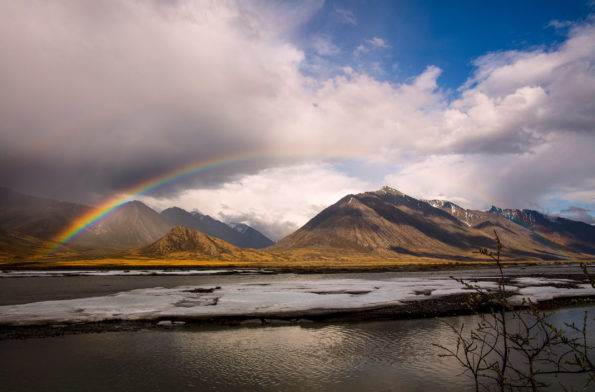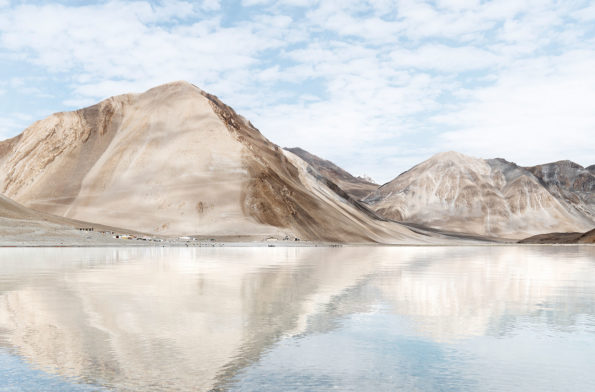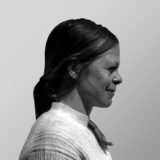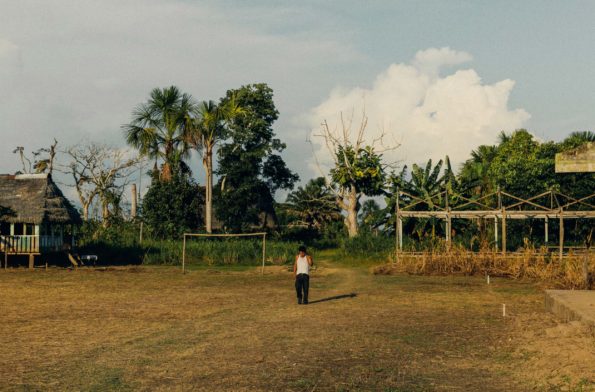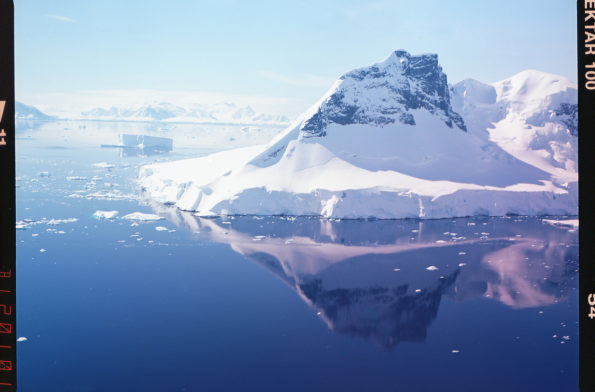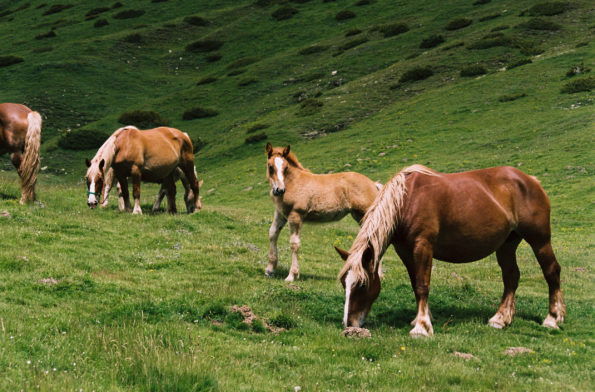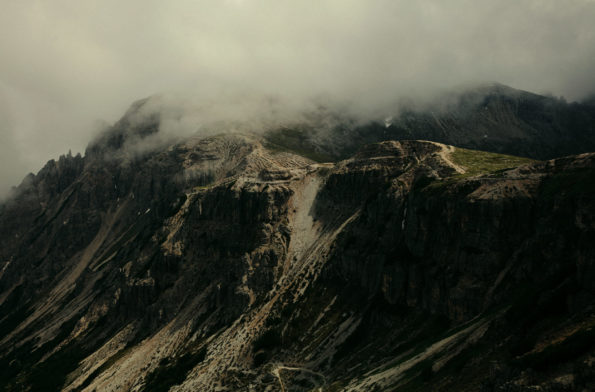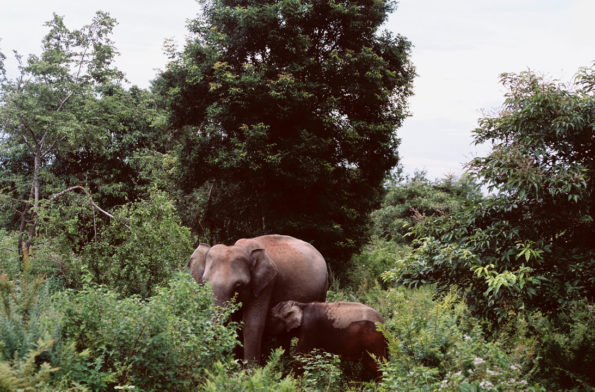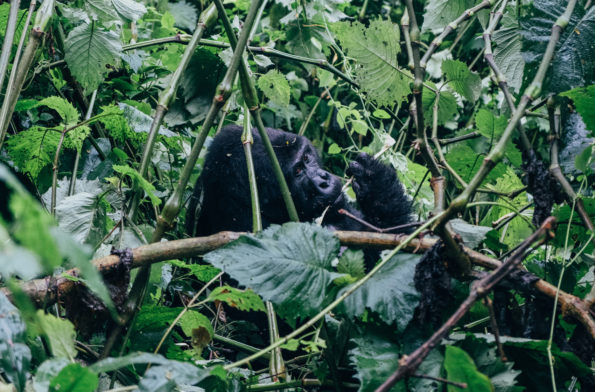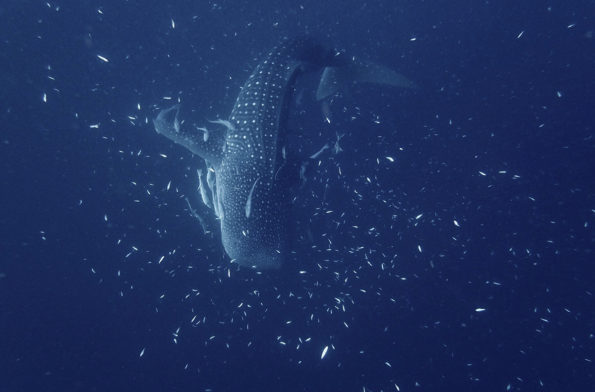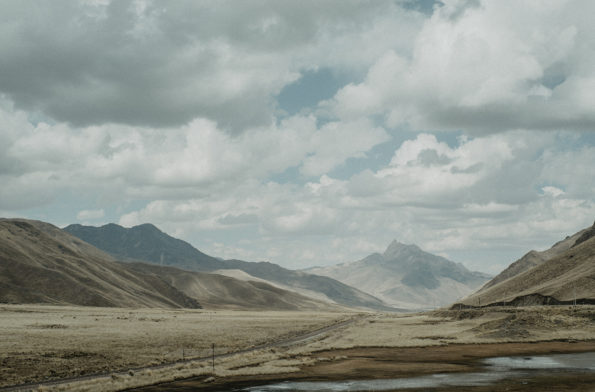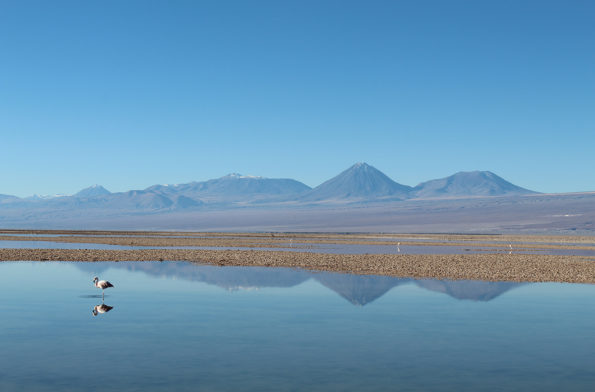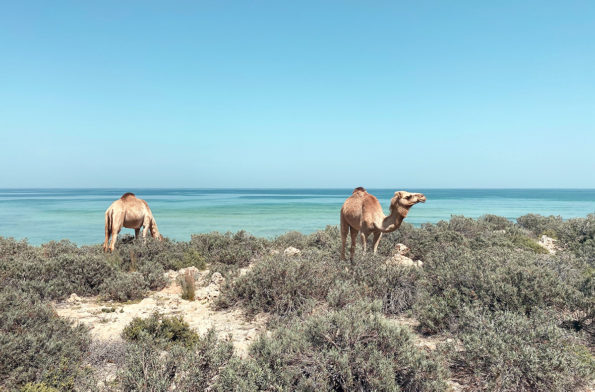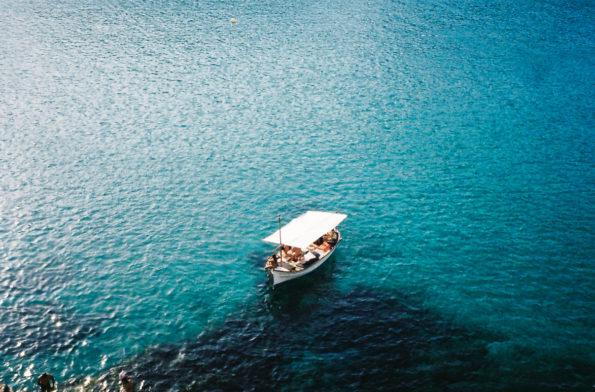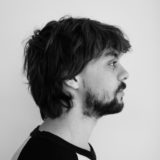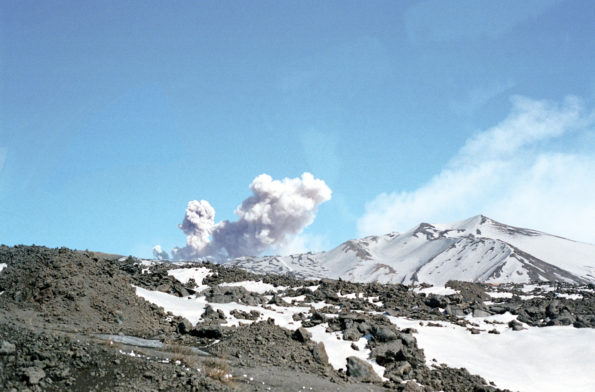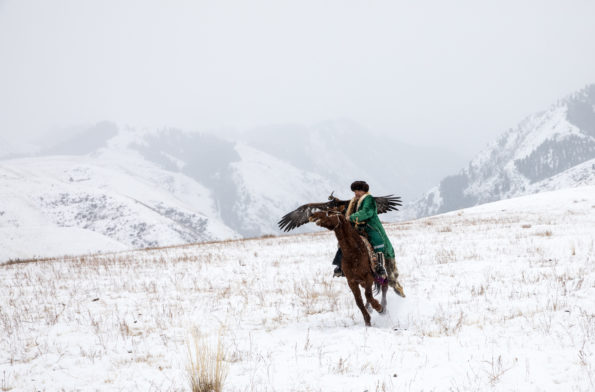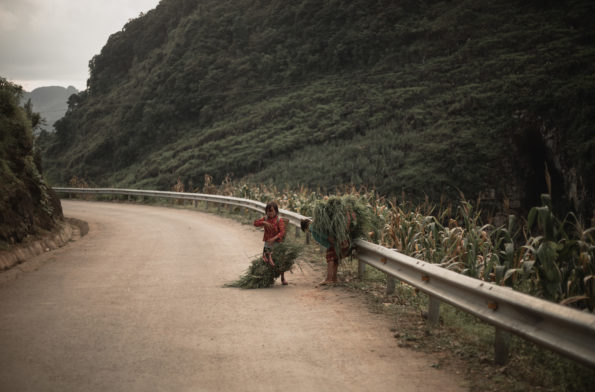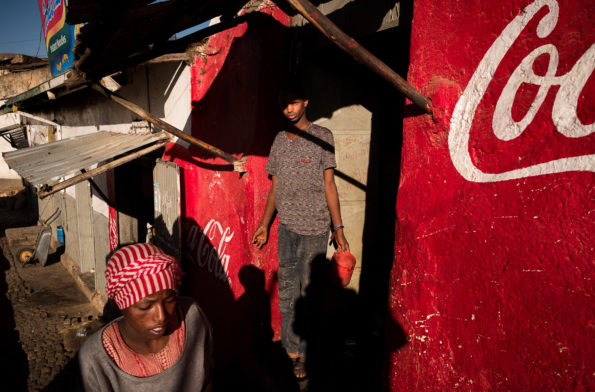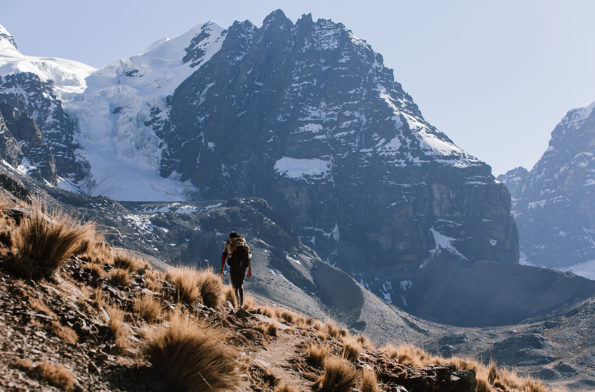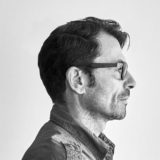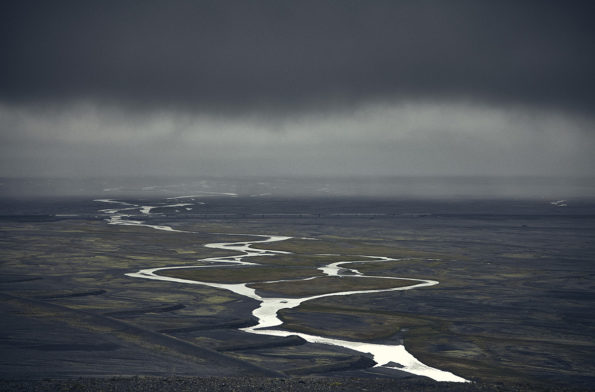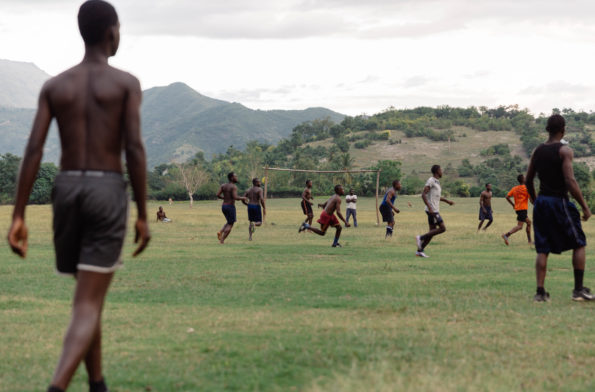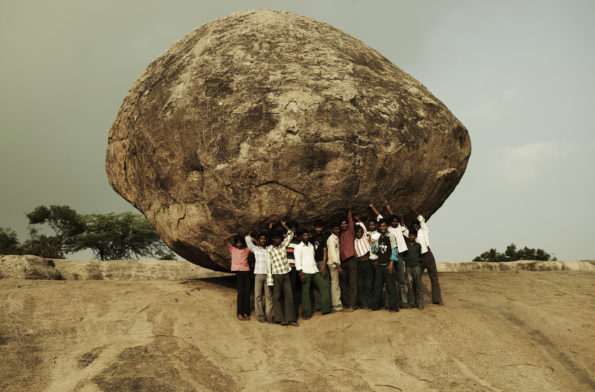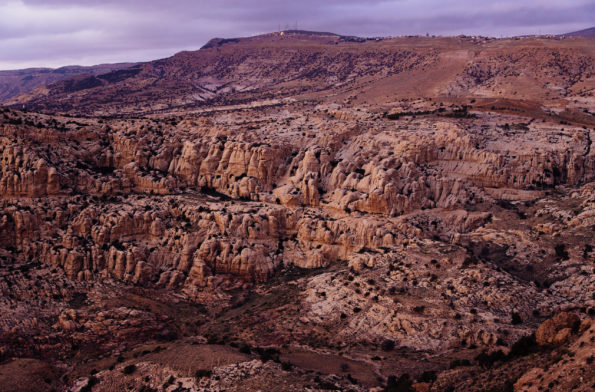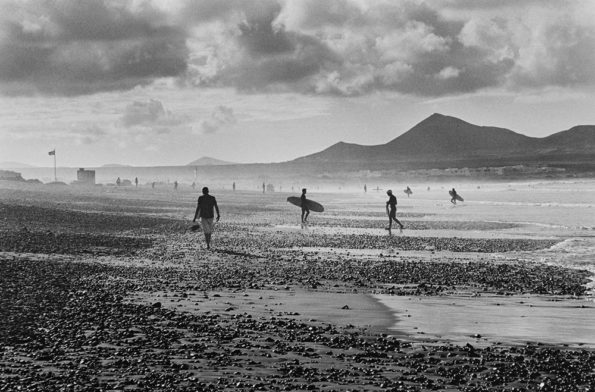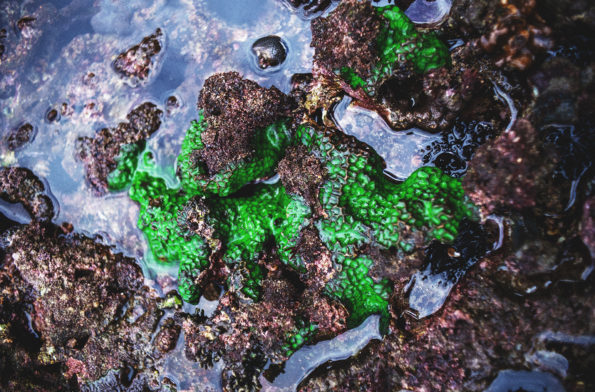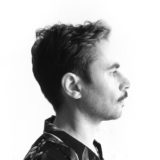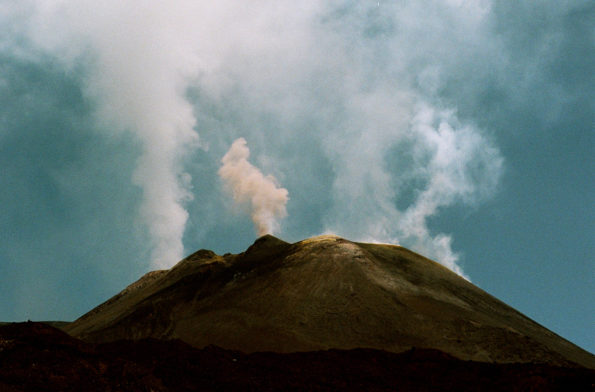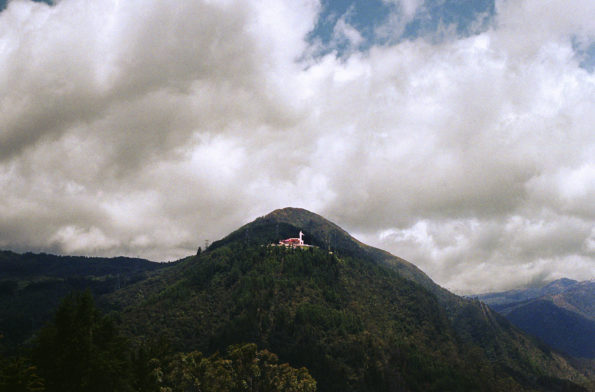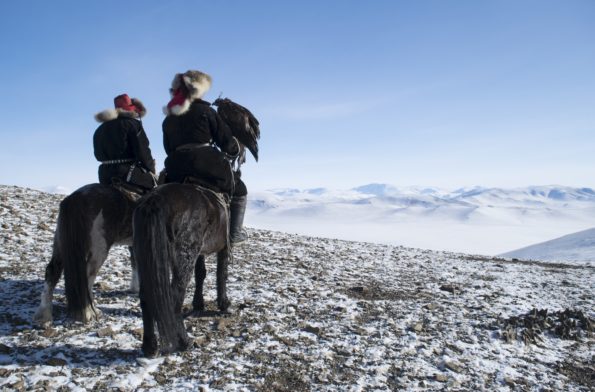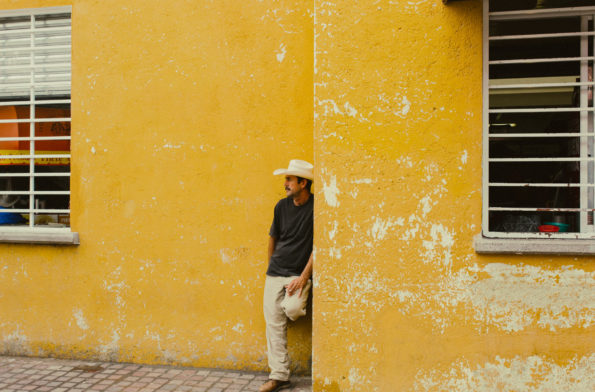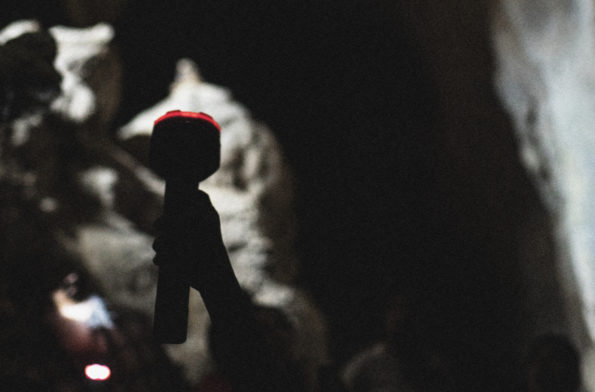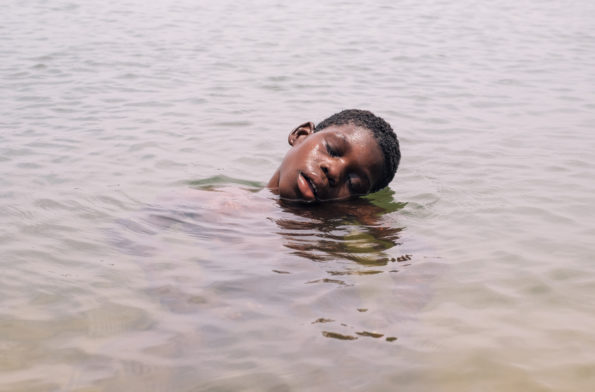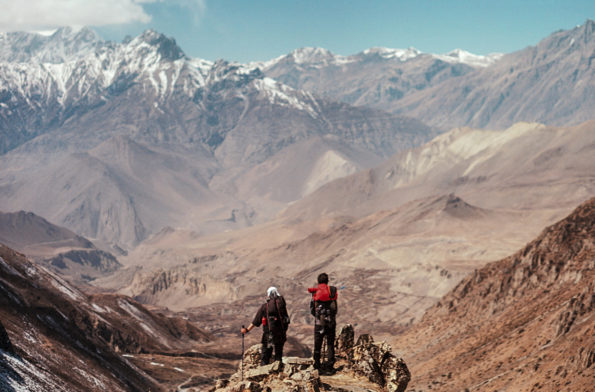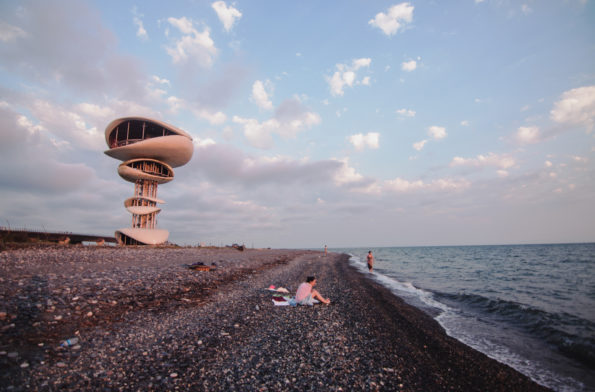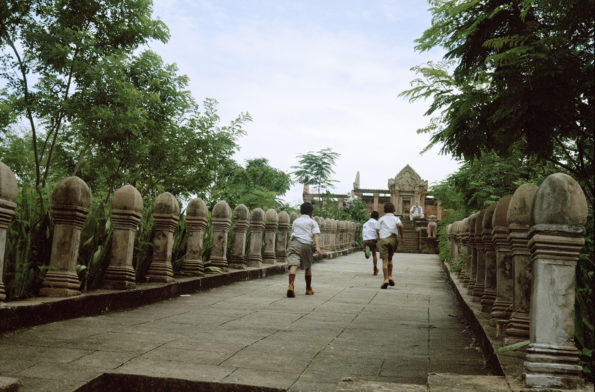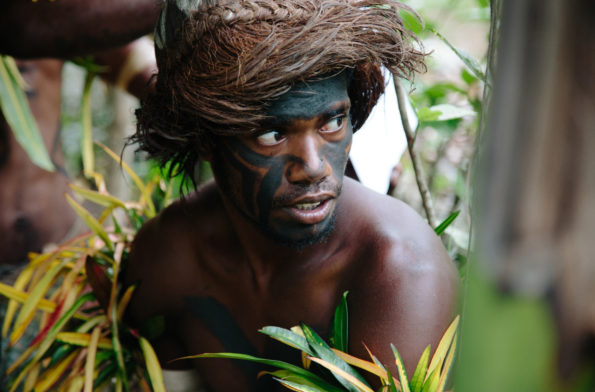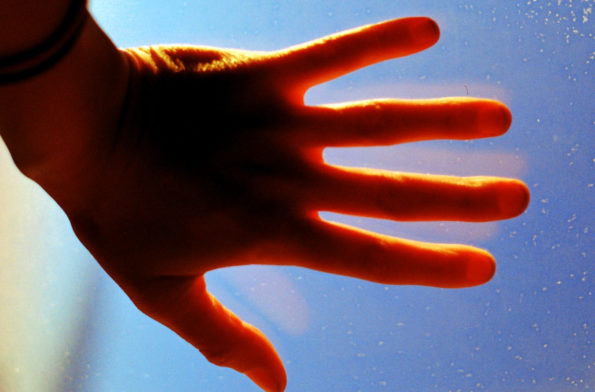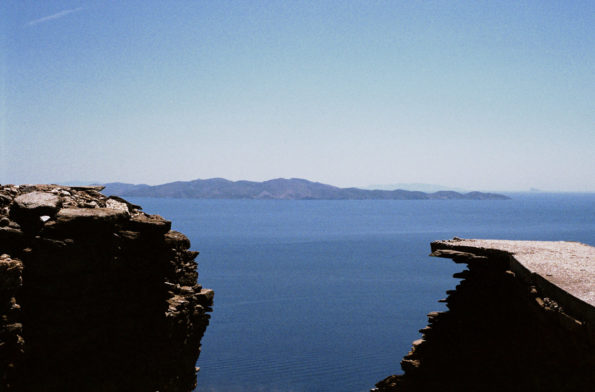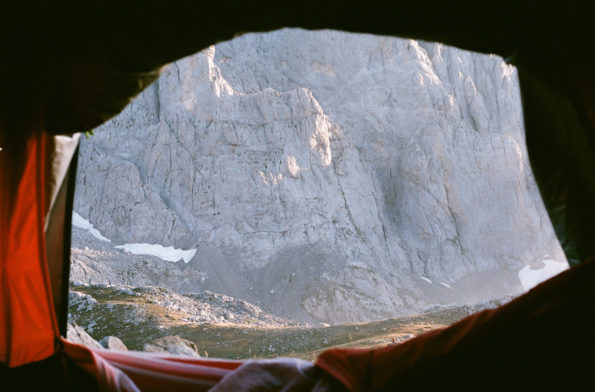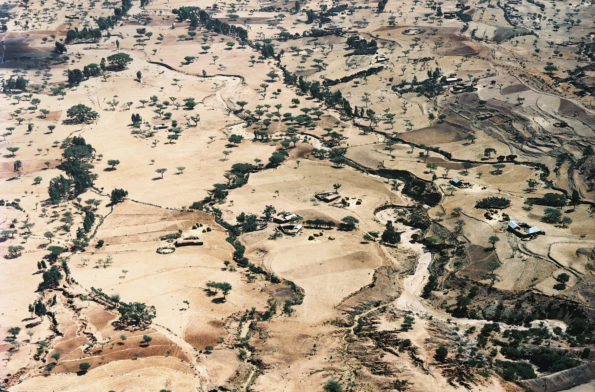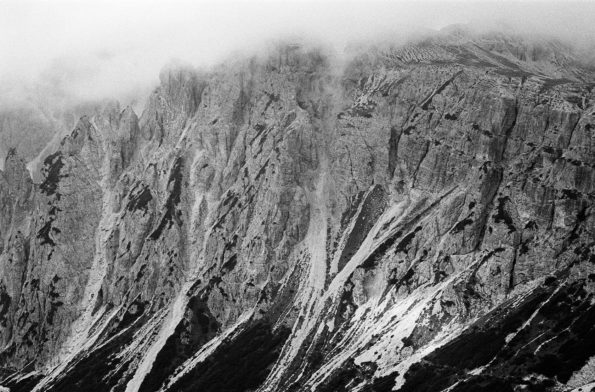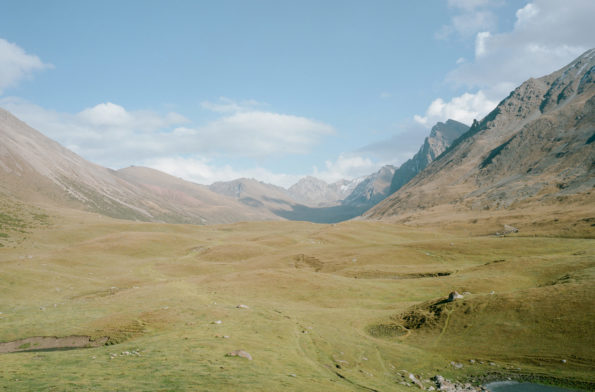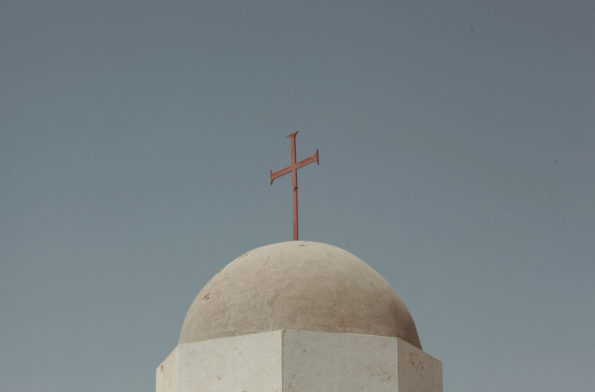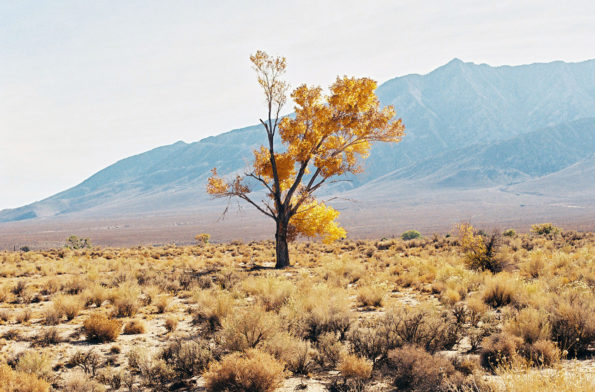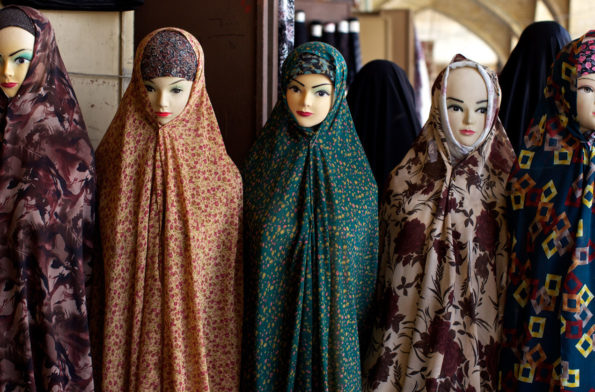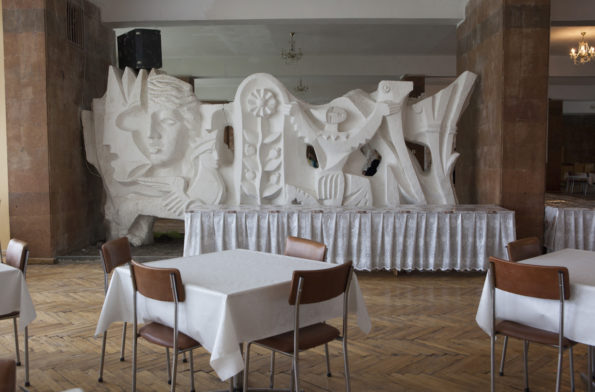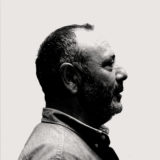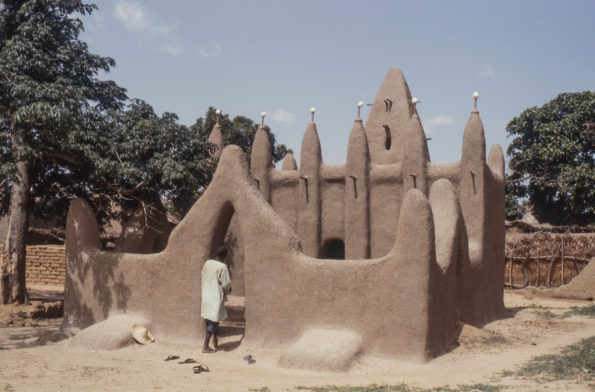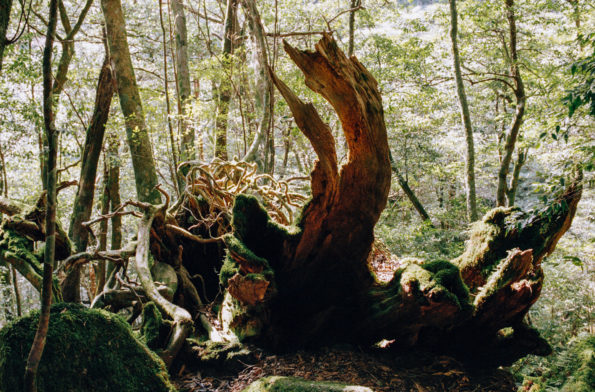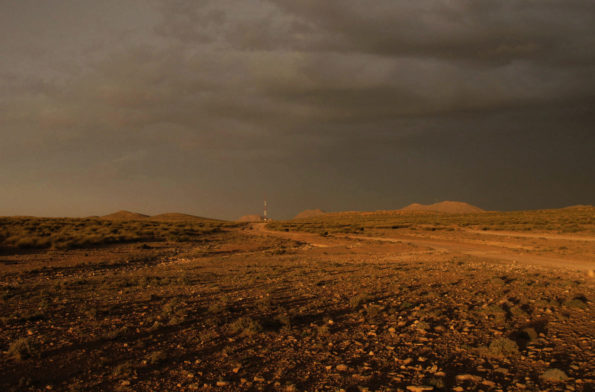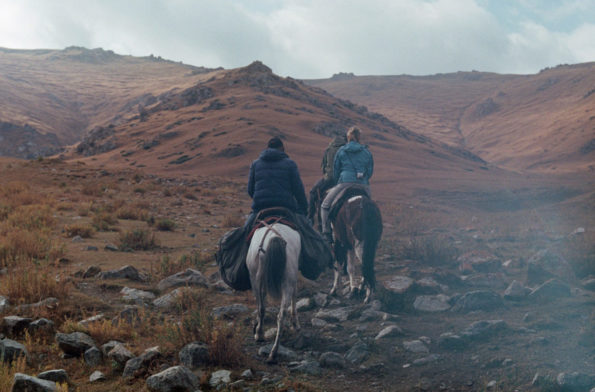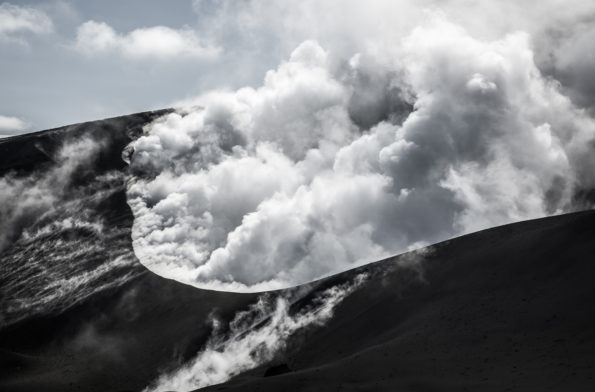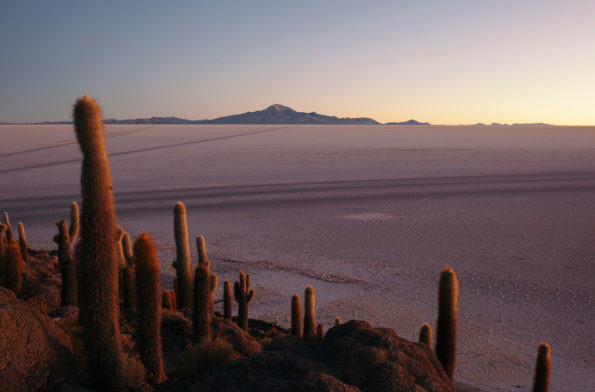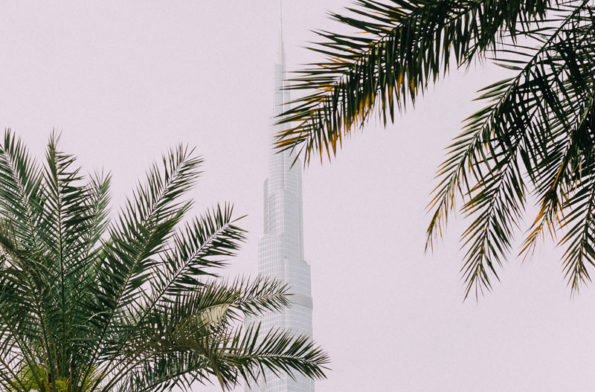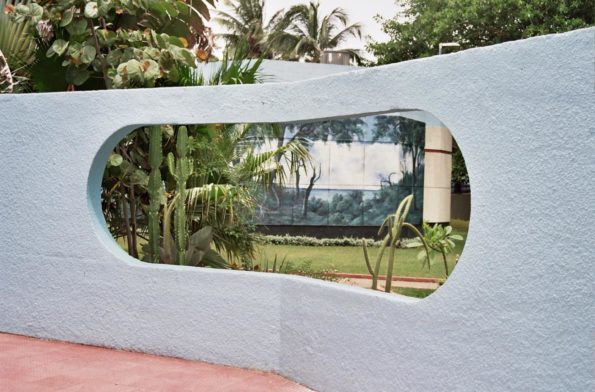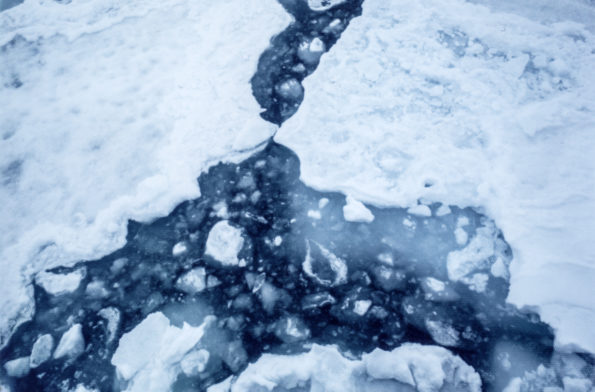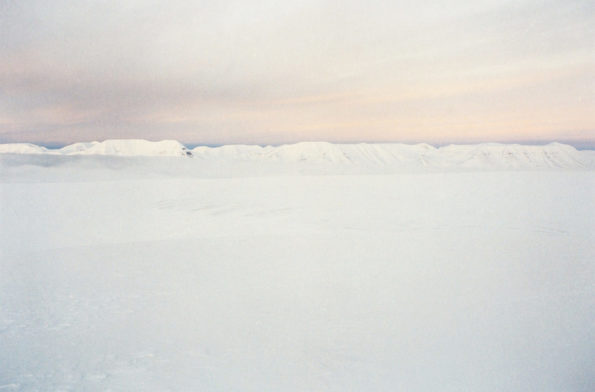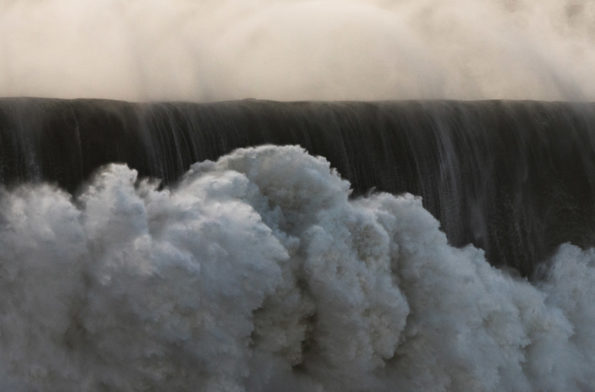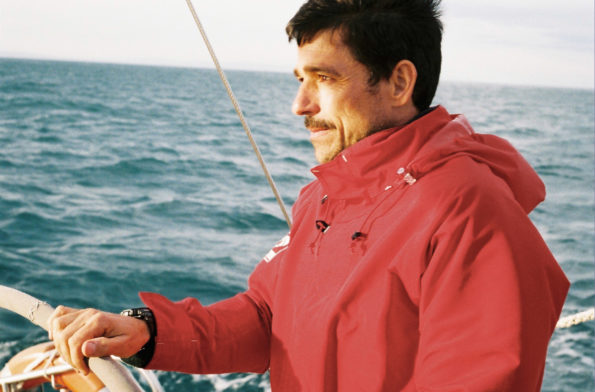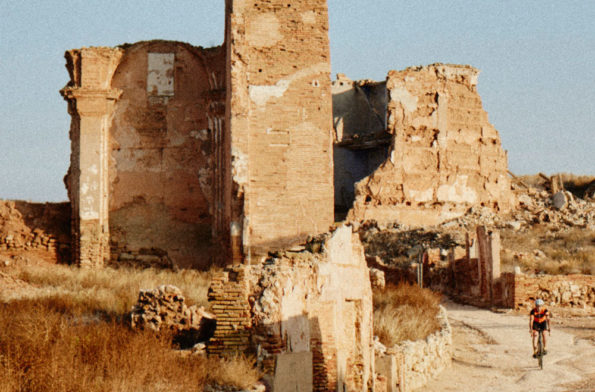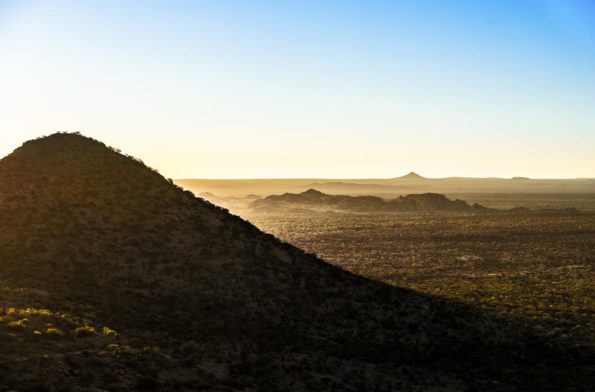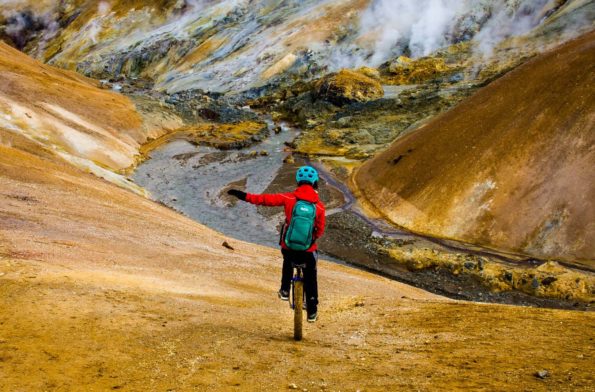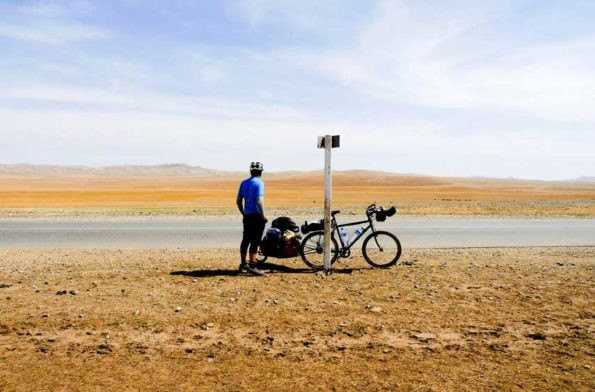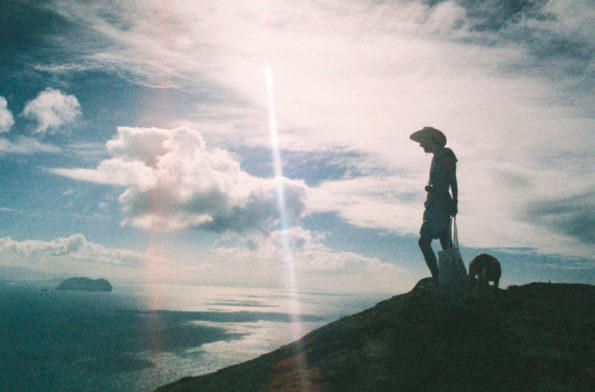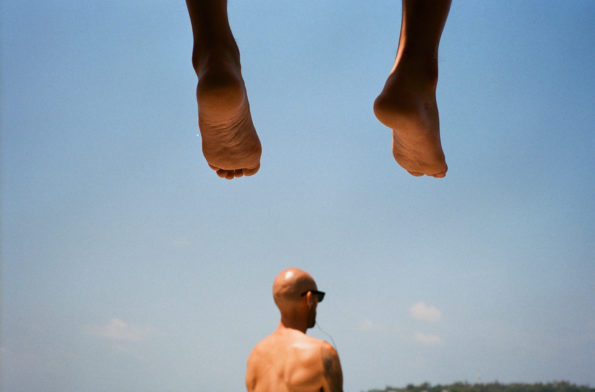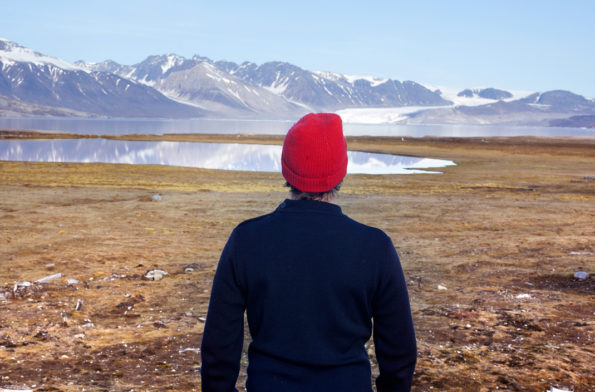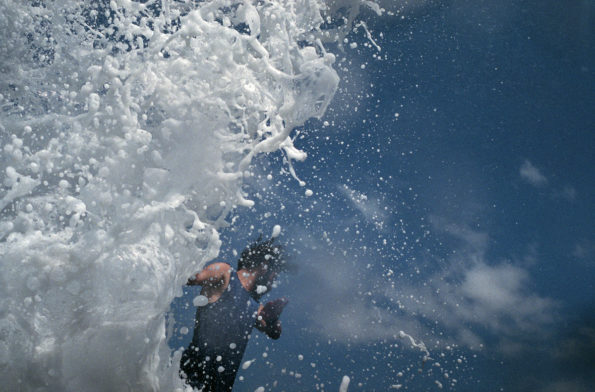Down the Carretera Austral, Chapter II
A carol at the end of the world

At that moment I still had doubts, whether it would be better to make this 80km back and forth detour or just continue on the Carretera Austral for another 25 km until the Rio Bravo where I could probably find a shelter at the military base and take the ferry before midday the next morning. The weather had changed and a misty continuous rain was falling. I am cold.
Soon I realised not to regret the decision to take the hard way. The vegetation changes rapidly and I find myself surrounded by incredibly dense forest that seems to come straight out of a Lord of the Rings book. Water is omnipresent, waterfalls everywhere, mist, rain. I feel like humidity is reaching my bones. It’s stunningly beautiful to ride through rugged and desolate landscapes, the feeling is a mix of fascination, loneliness, discomfort, happiness. One thing was for sure, at that time, more than ever, I felt alive. Again.
But Caleta Tortel, the Patagonian Venice, is a very unique place. The village founded by timbers to exploit the cypress trees is built along the coast for several kilometres with no conventional walkways. There are no streets here, even the police cars and fire engines are boats. All the houses are wooden shacks built on stilts. All the furniture is made of local cypress wood. I have to go.
I finally reached Caleta Tortel without having crossed any human soul on my way. I left my bag in a perfectly empty hostel and wandered the boardwalks just before dusk, climbing up and down the stairs. The atmosphere was surreal and gloomy.
No Jingle Bells on that Christmas eve. Surprisingly all I could hear was the sound of reggaeton and the voices of people buying massive quantities of alcohol in the local grocery store: the night promised to be long, but not for me. I had to be at Rio Bravo before midday the next day, so it didn’t take long for me to reach my bed. But despite my exhaustion it took me awhile to get to sleep. My mind was still processing all the emotions and images from the day.
Villa O’Higgins, the official end of the Carretera Austral, is actually a dead end. The only way you can continue is by taking a boat to Candelario Mansilla where there is a path that leads to the Argentinian border. The boat crosses the namesake lake, the deepest in the Americas, and passes in front of the majestuous O’Higgins glacier, more than 80 meters high. When the boat stopped its engine a few hundred meters from the glacier we could only hear the the lapping of the waves and the cracking of the ice. The experience became almost mystic.
Fortunately we were lucky enough to watch a giant block of ice, the size of a school bus, detach from the wall and splash into the water, like in like in slow motion, generating a big wave that slowly spread out over the surface of the lake.
In Candelario Mancilla, on the other side of the lake, Mancilla lives with her son, in the only house you will find on that side of the shore, apart from the migration office. The house was built by her grandparents, she was born there and had never travelled anywhere else. To get food and supplies she relies on the boat that makes the connection to Villa O’Higgins only once a week in low season. With no mobile phone signal, she uses a radio to communicate with the town and order what she needs.
The trail is a narrow muddy single track with many streams to cross and dense vegetation to slalom around, not suited for heavy loaded bikes with panniers. Despite the bad weather, the landscapes and magic forests are magnificent.
We managed to reach the Argentinian immigration office on time to get the boat that crosses the lago del Desierto after an epic race against time. On the boat, where we are the only passengers, I talk to Melissa, the ticket girl. I ask if she knows about a bicycle store in El Chalten, our end destination, where I want to try to sell my bike. “I might be interested” she replied. The next day, on New year’s eve, we met in town and she bought my bicycle. Again reflecting on this experience, we worry for nothing and our brains tend to think of the worst possible scenario’s instead of being positive. I must admit that my motto for the trip, “The plan is that there is no plan”, definitely worked out very well.
Photography. Jean-Marc Joseph
Words. Jean-Marc Joseph
Artwork. Ángela Palacios

Jean-Marc Joseph
Biker, Photographer and Filmmaker


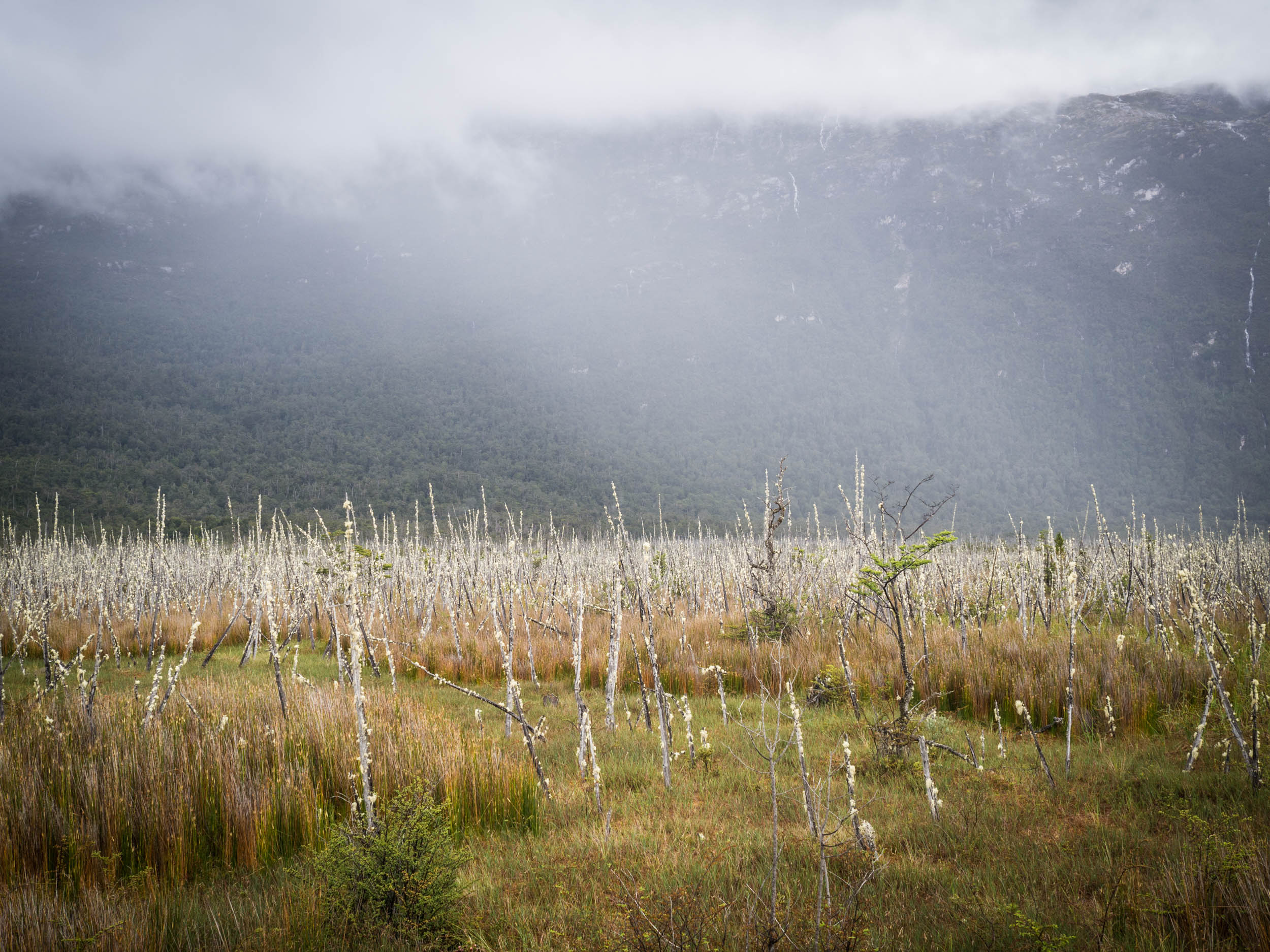

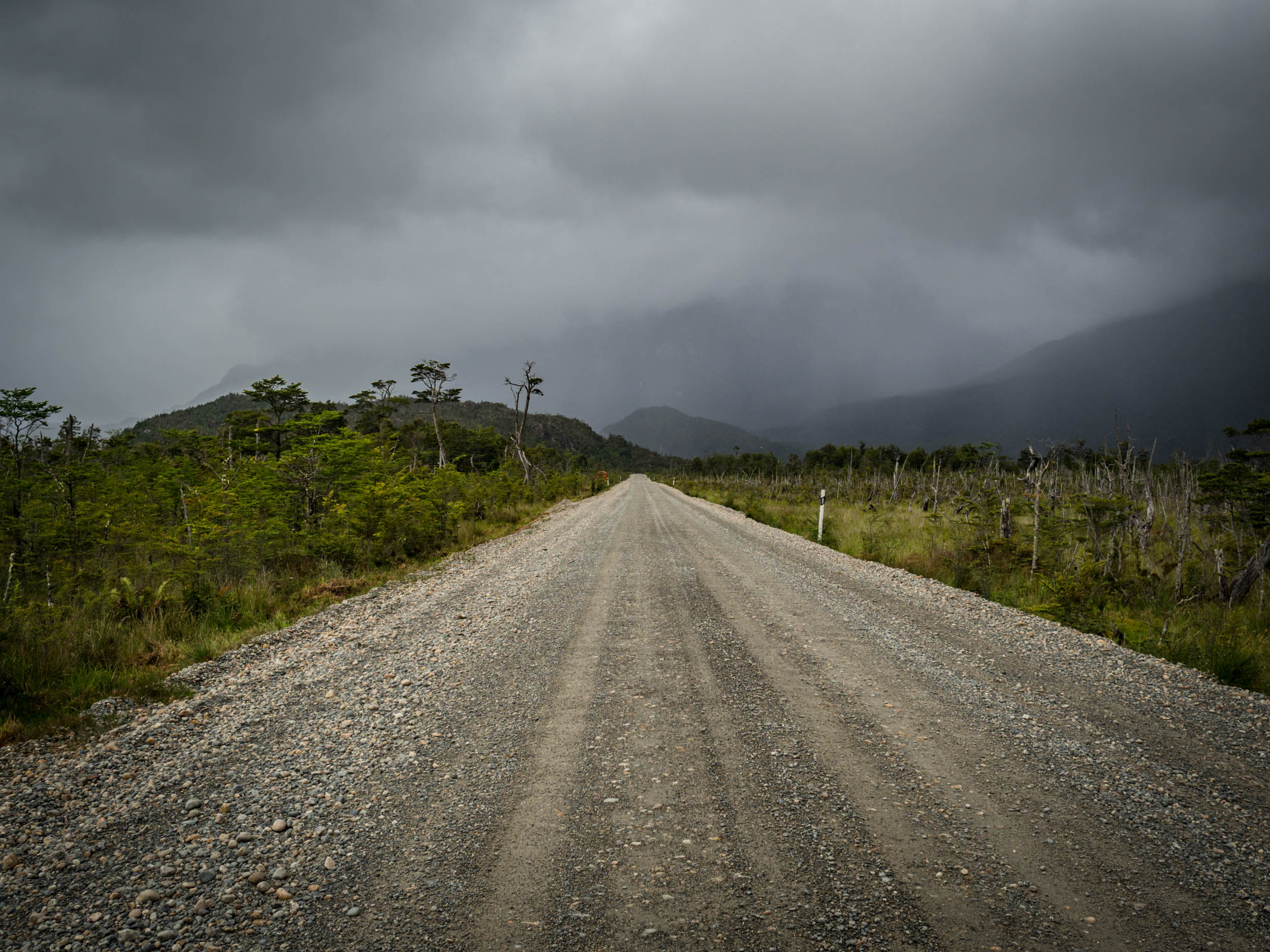

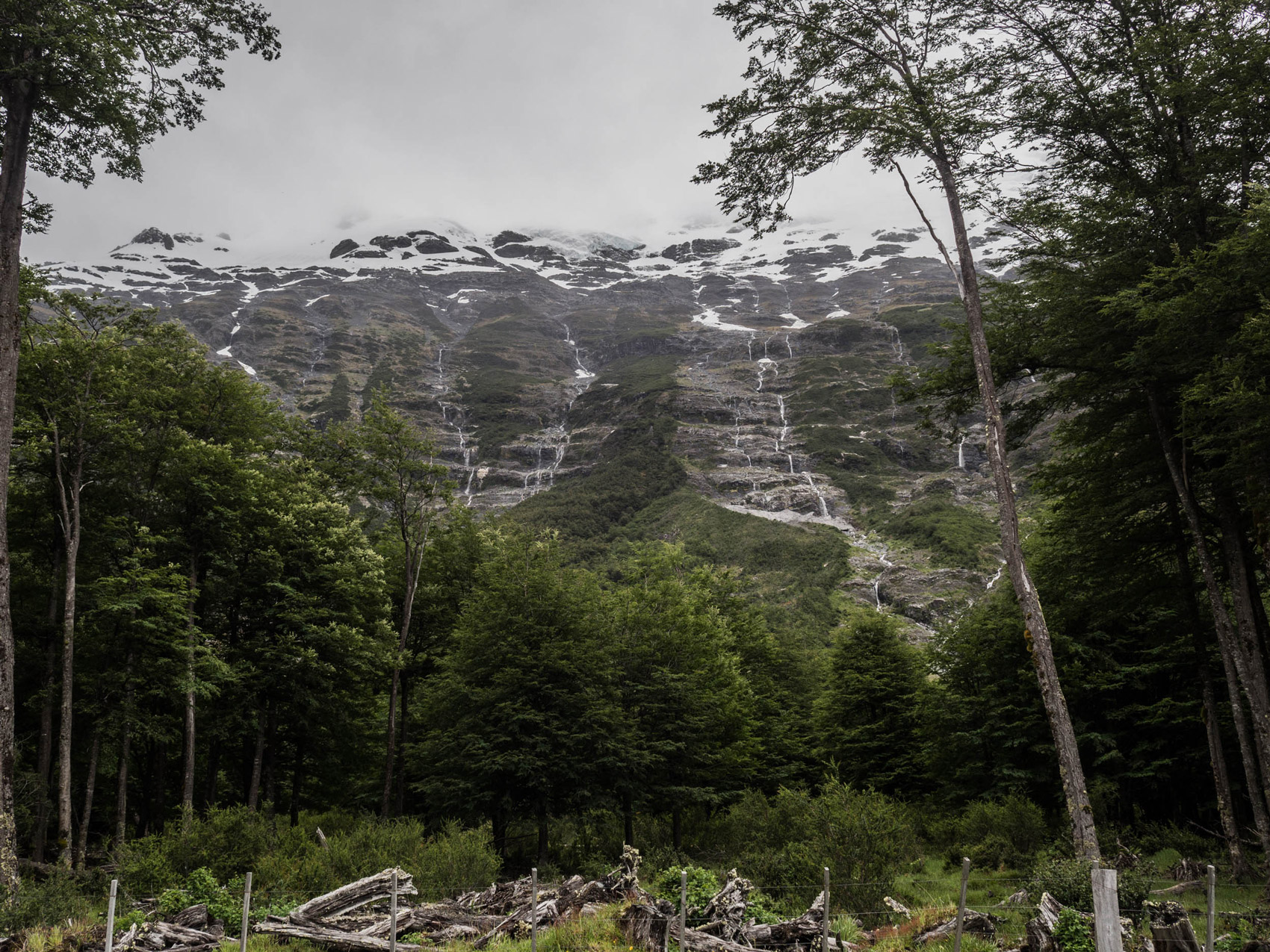

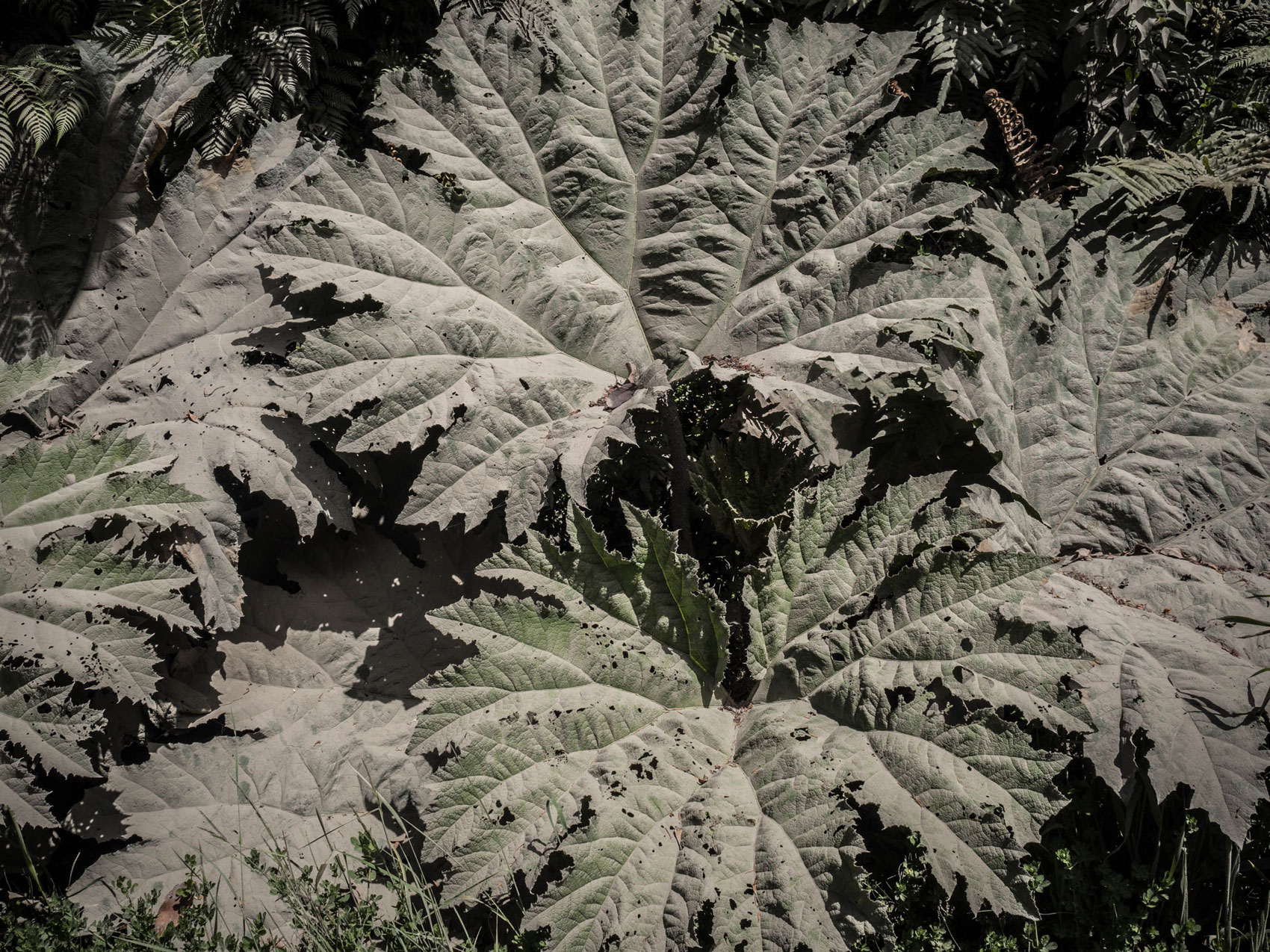
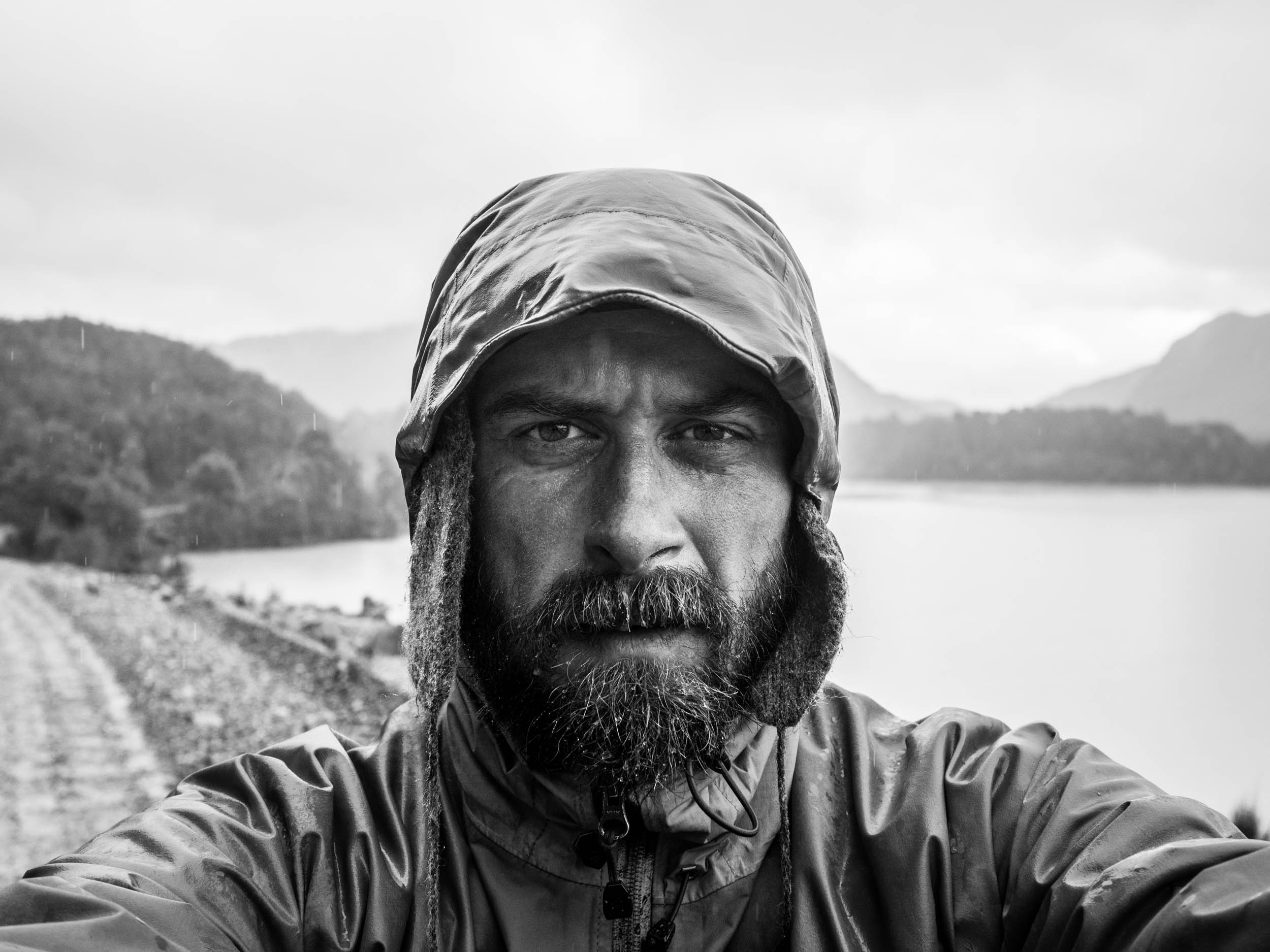
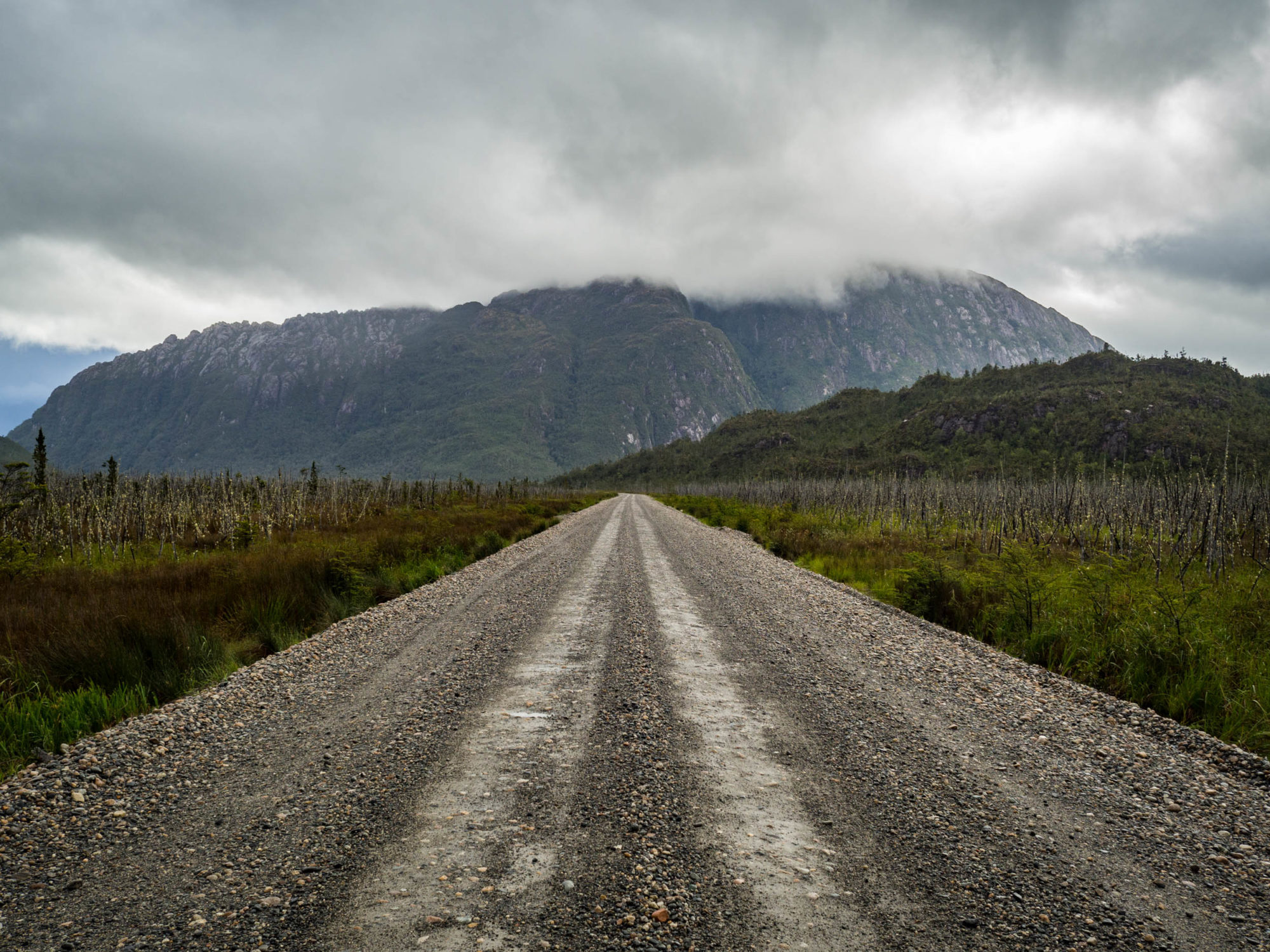
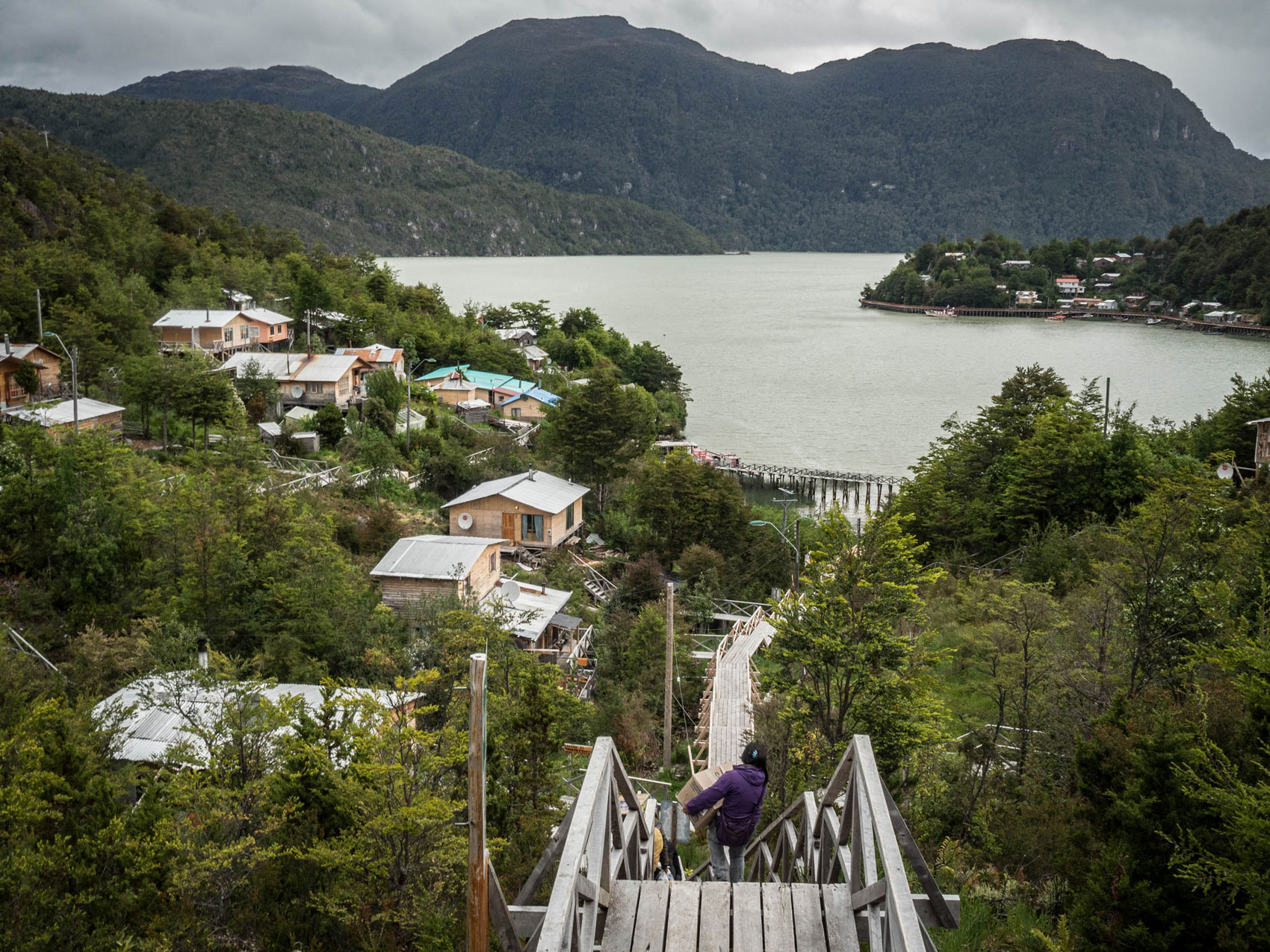

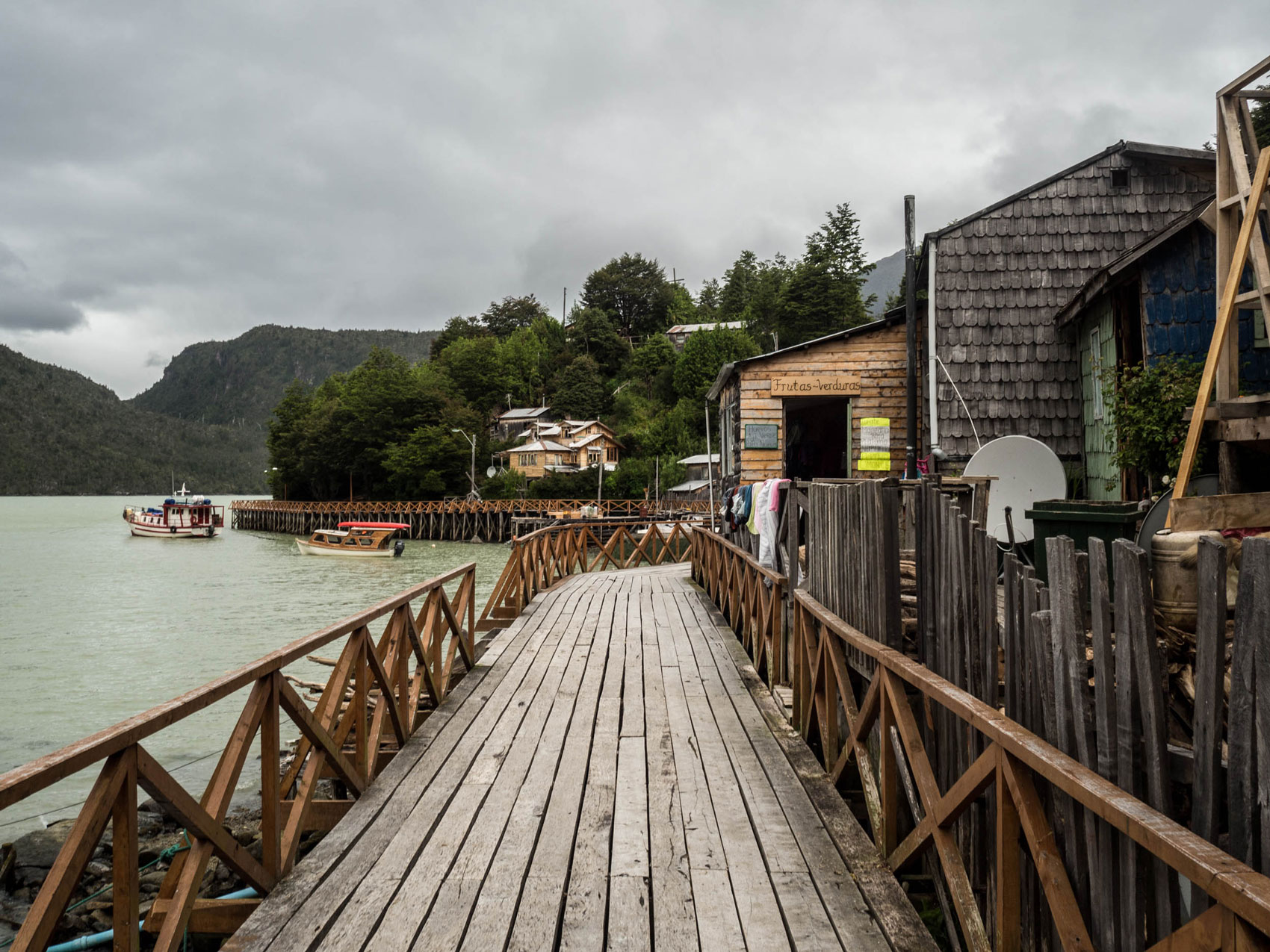
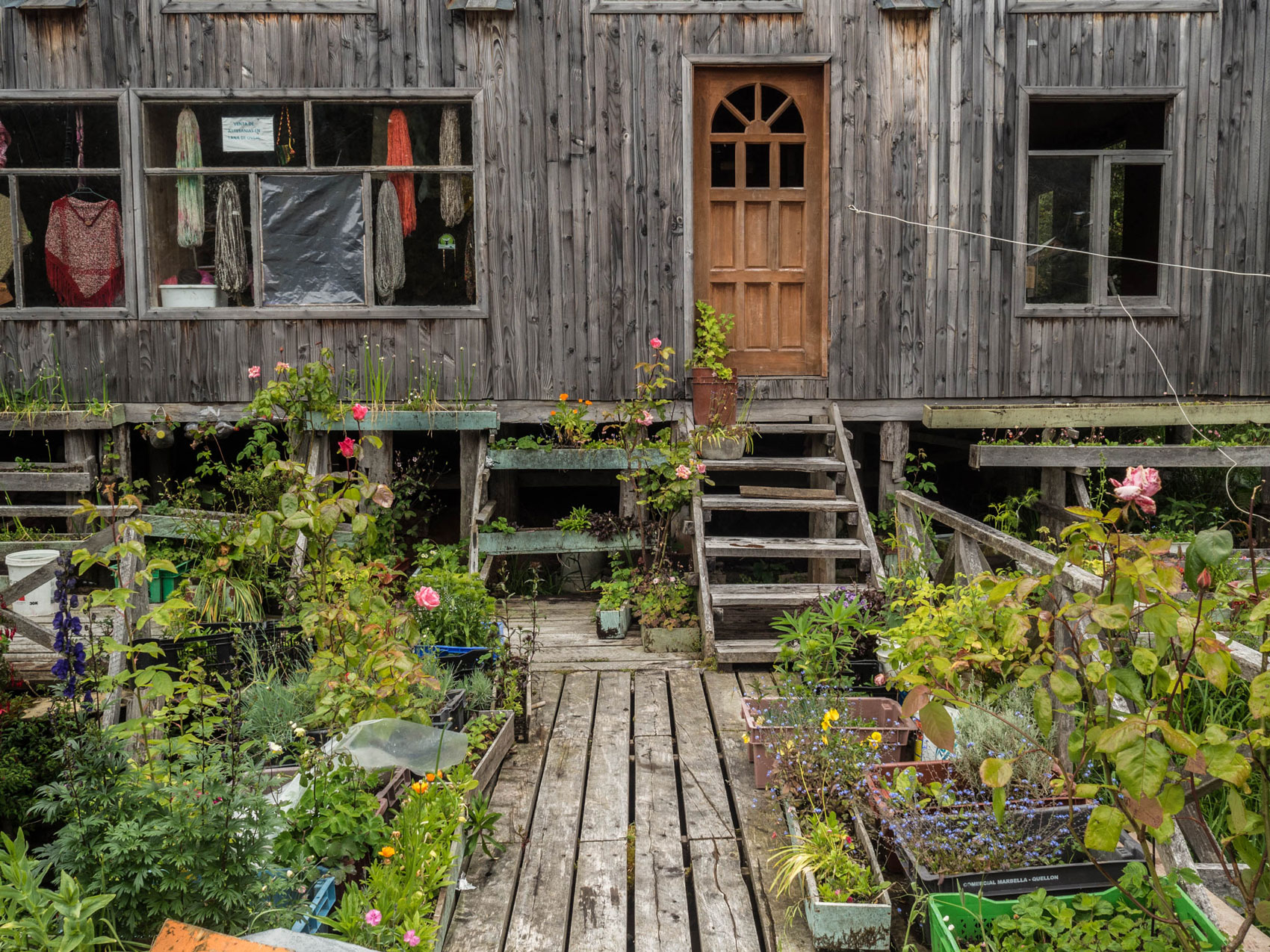

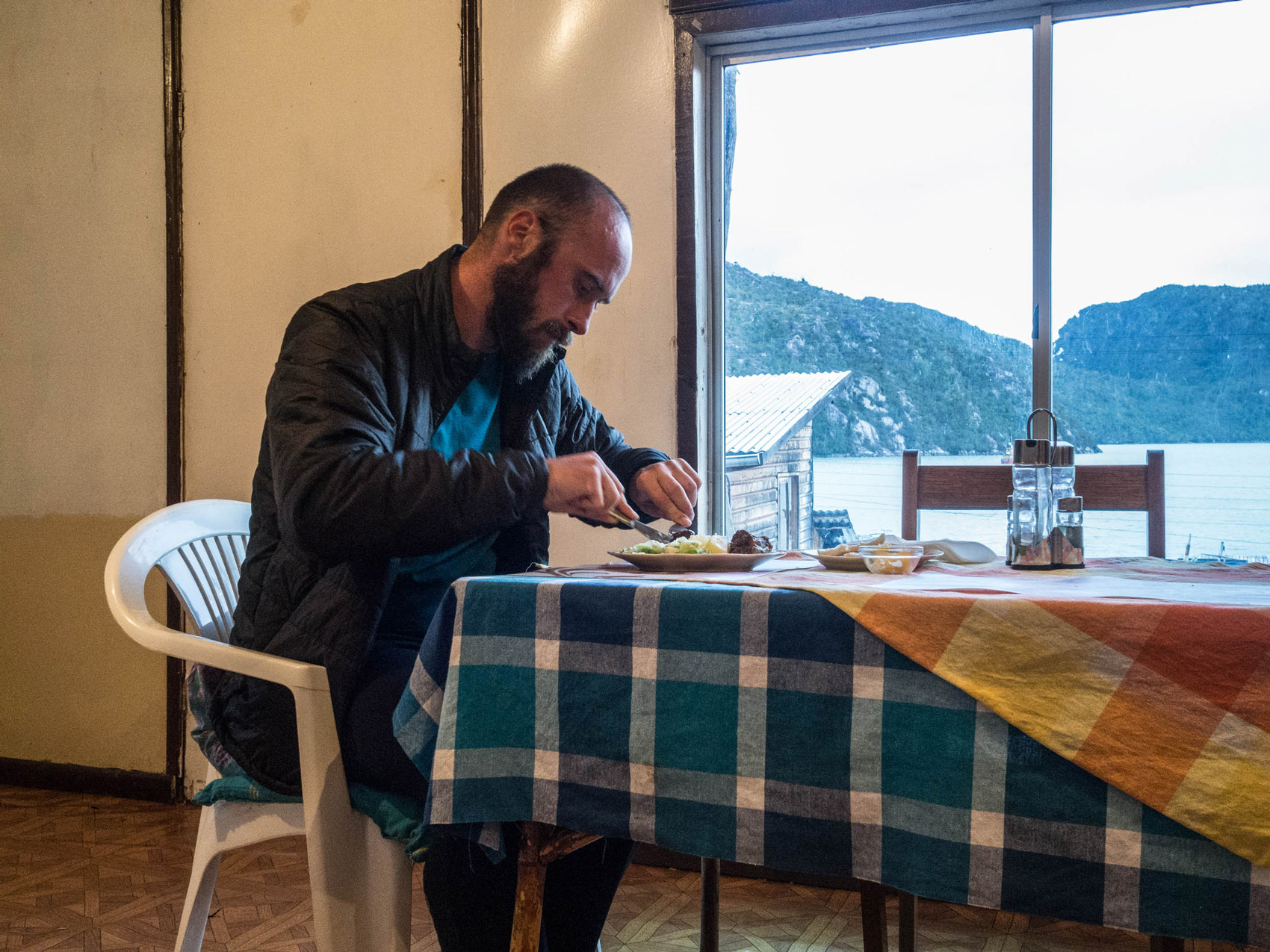
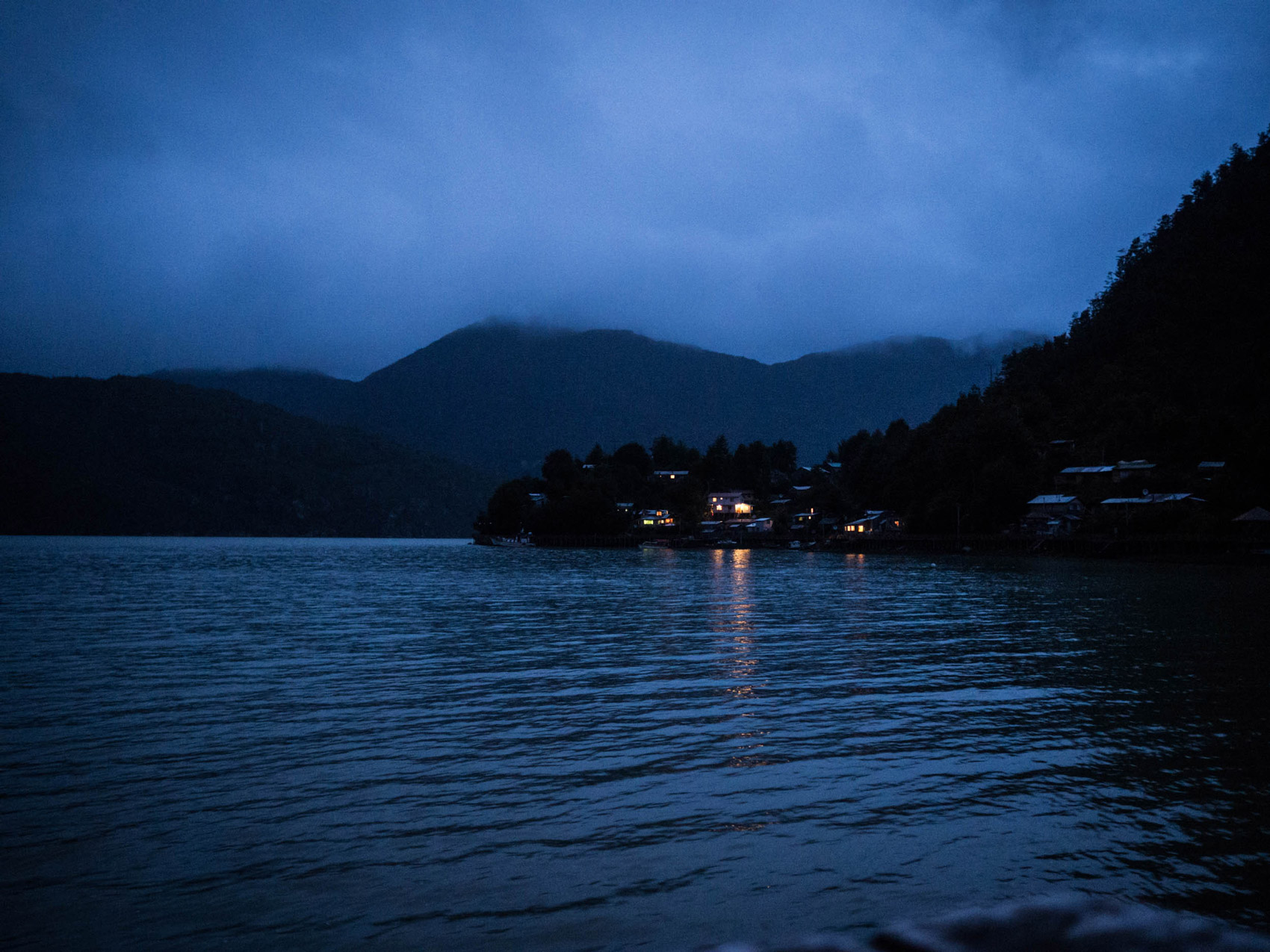

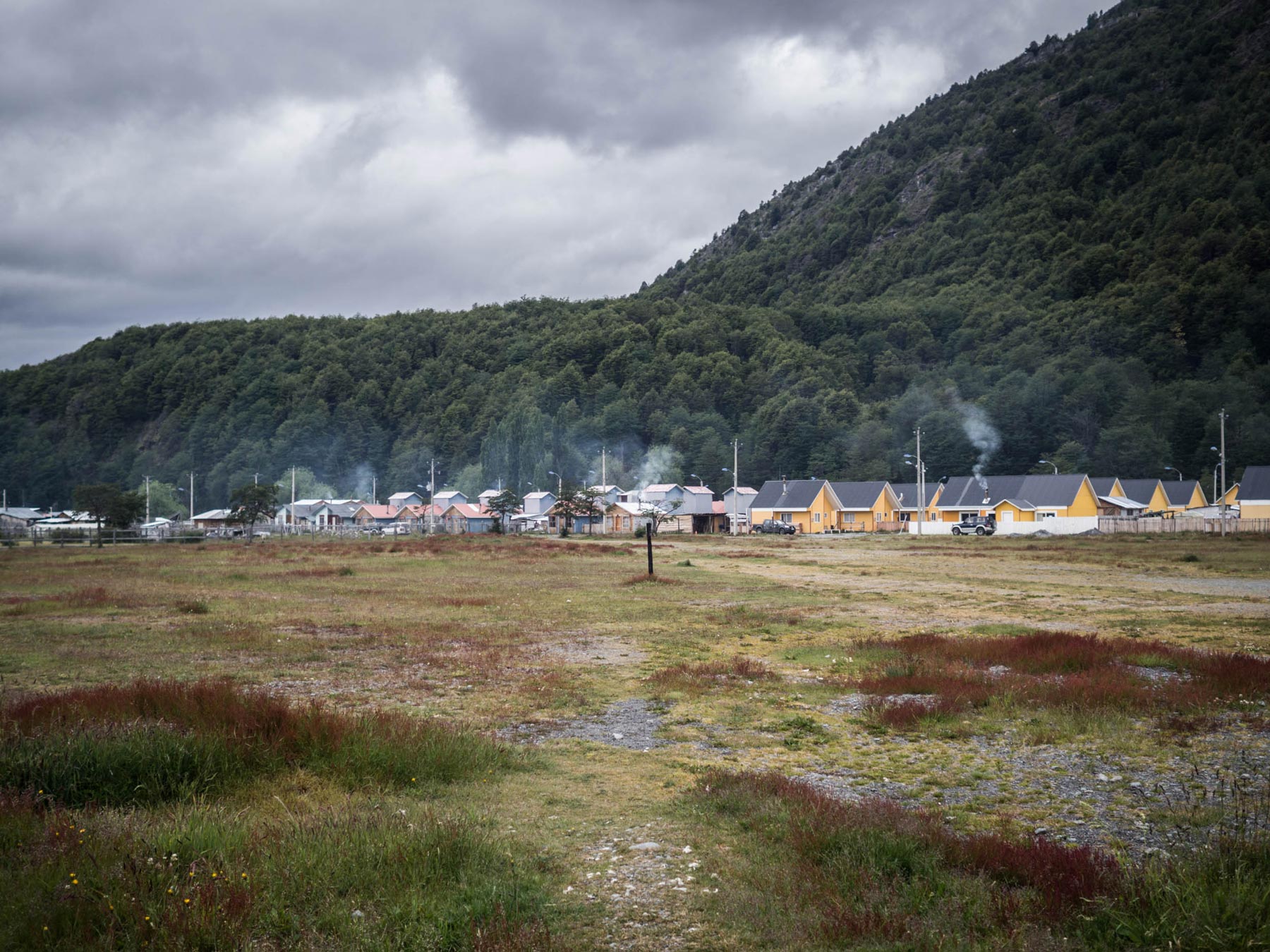
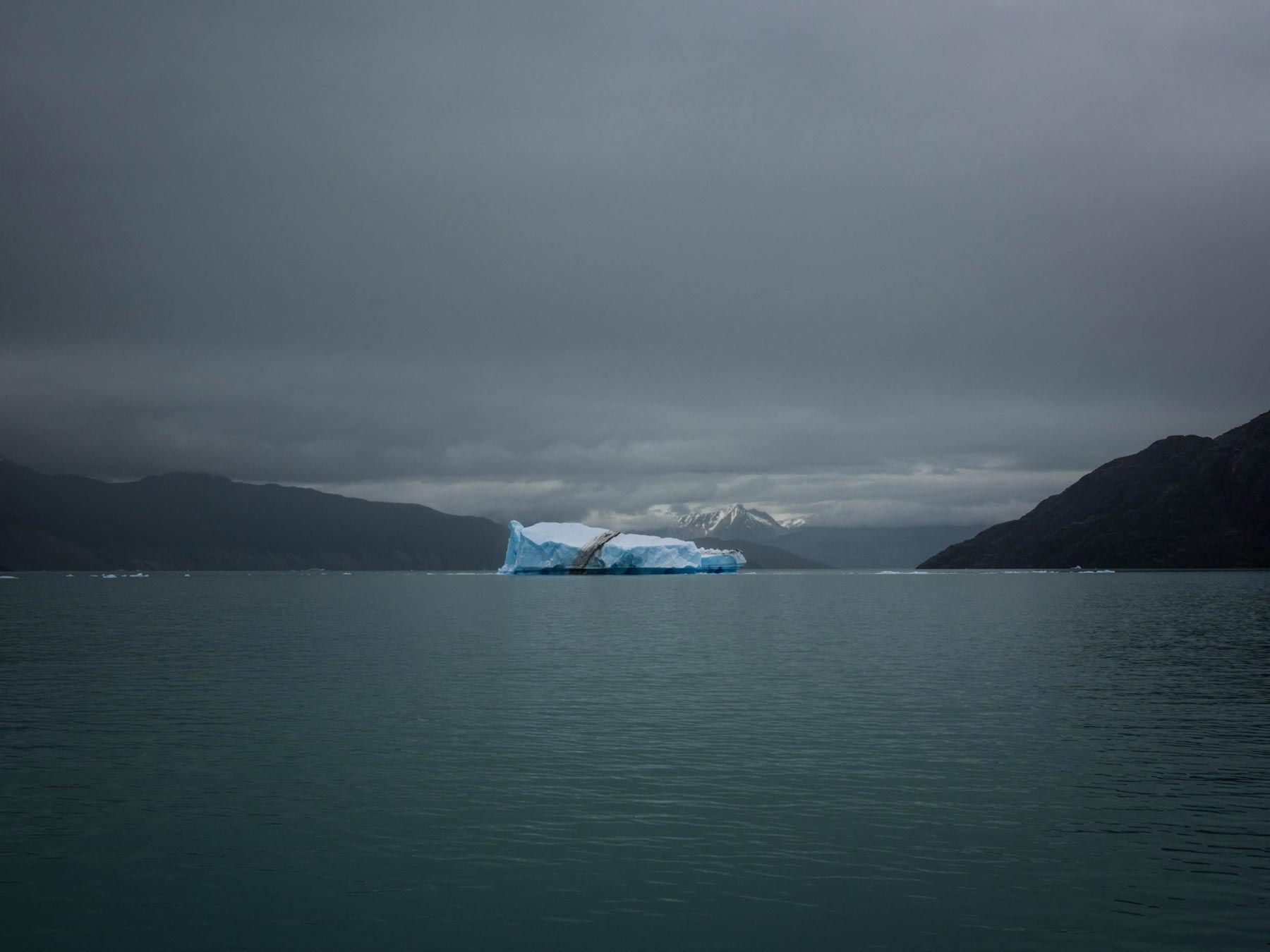
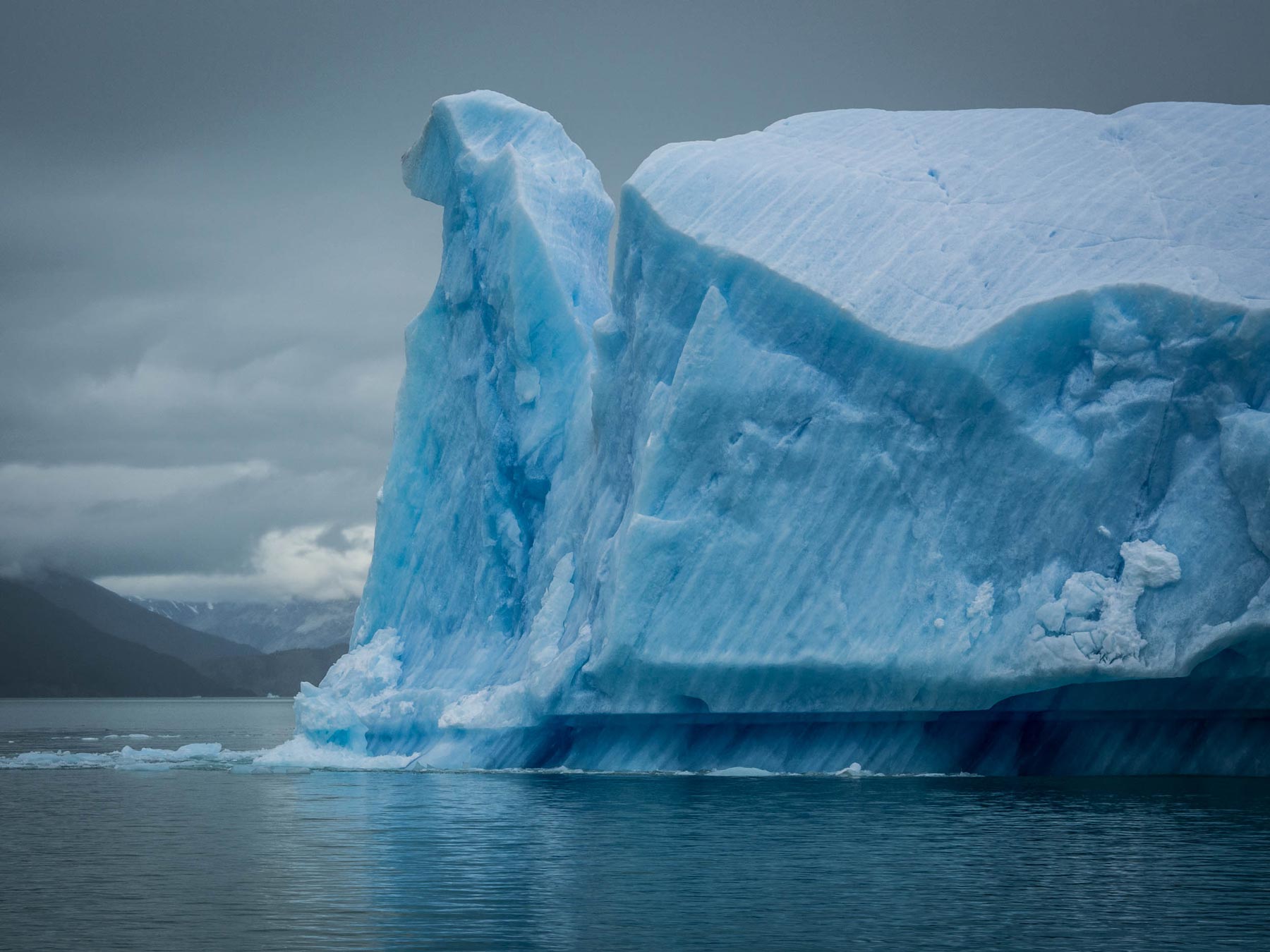


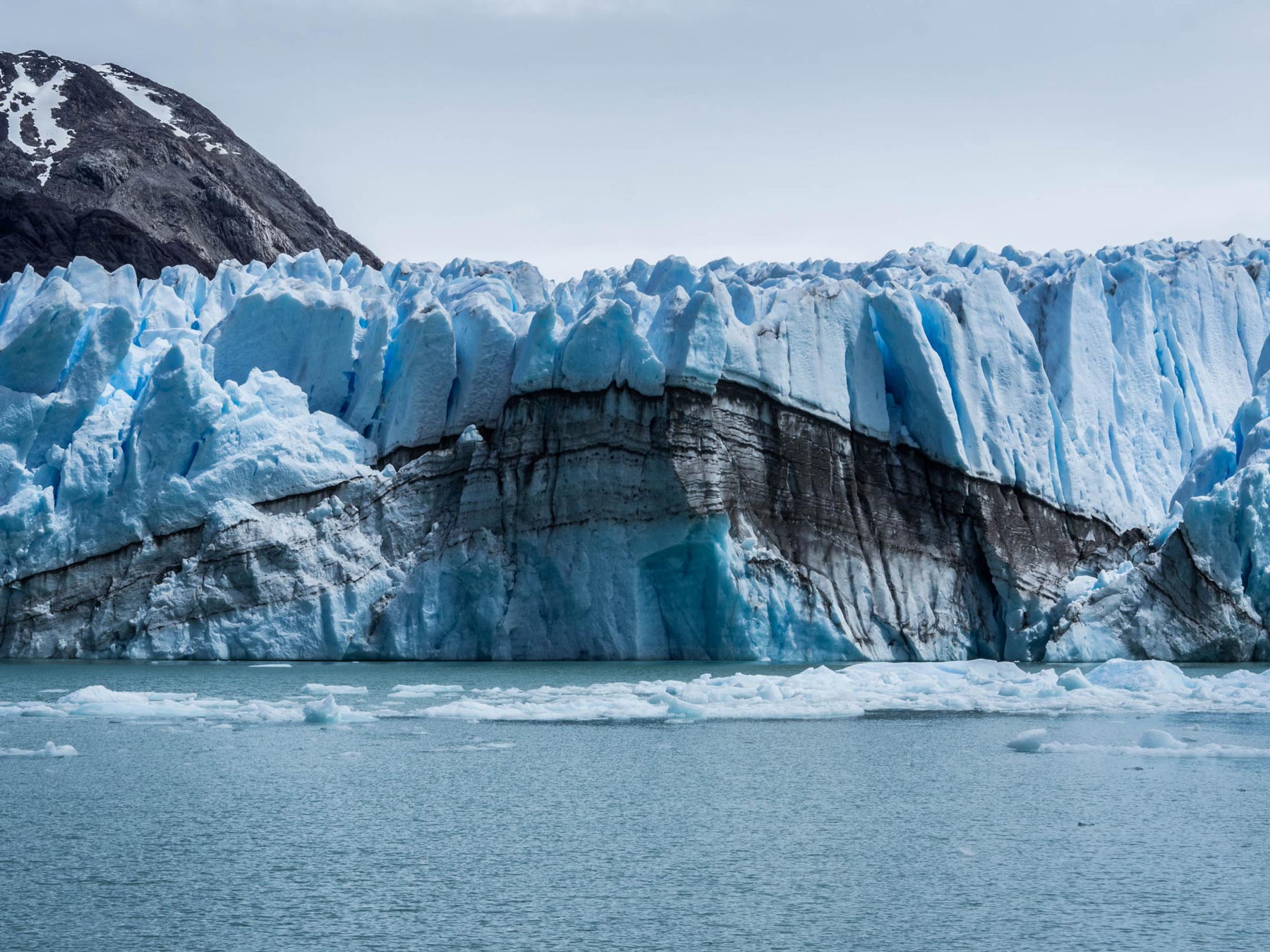

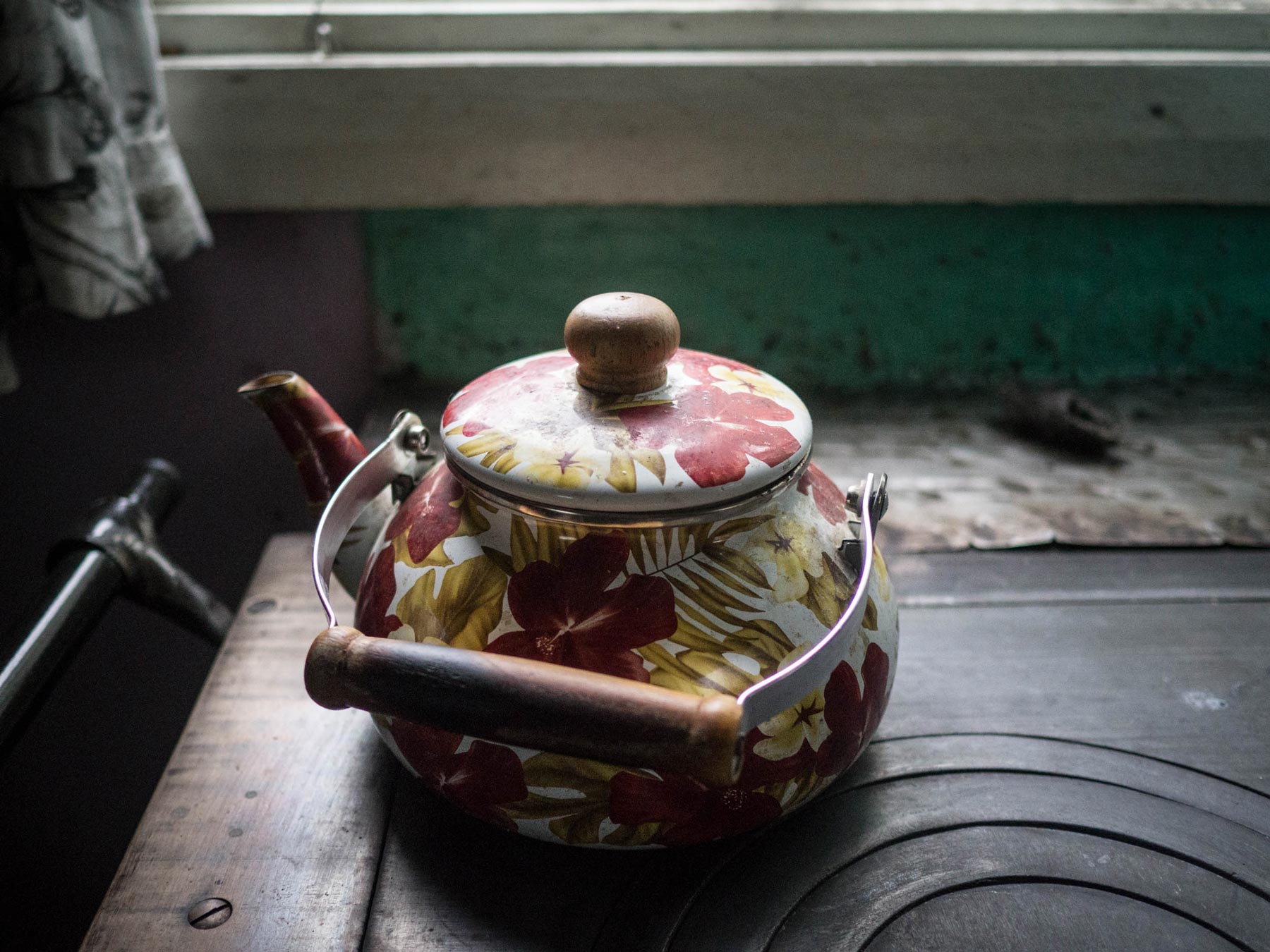


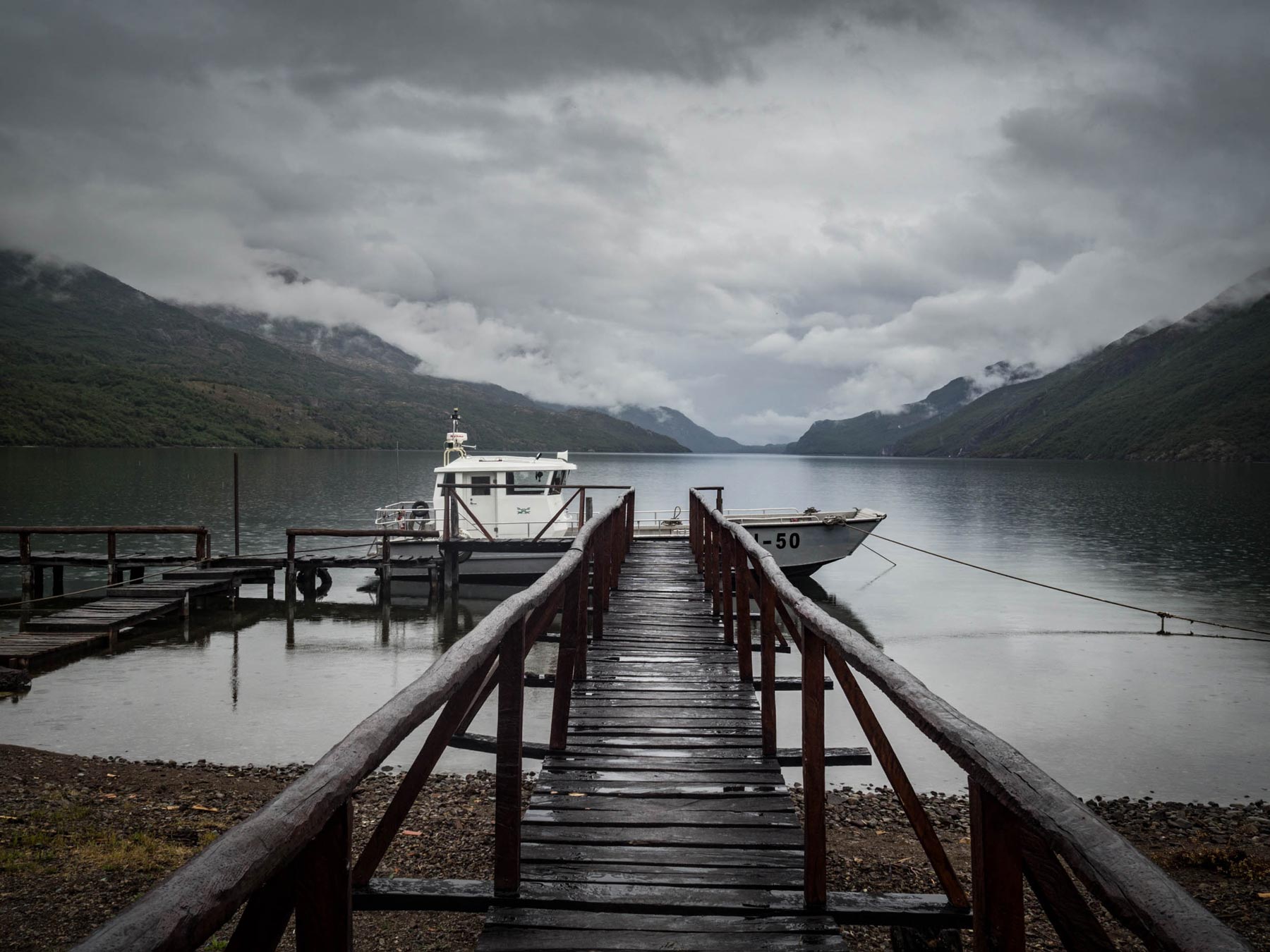

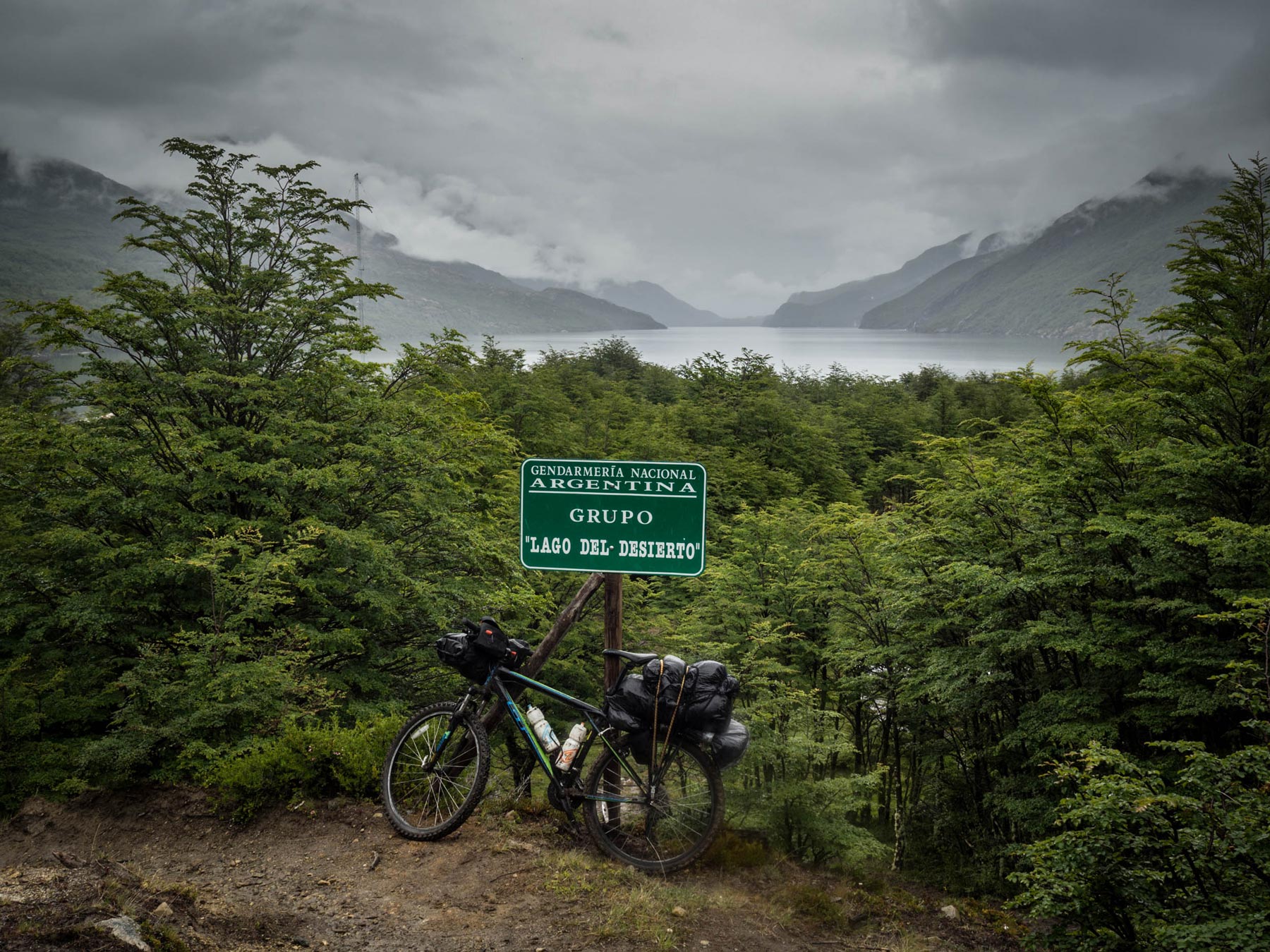
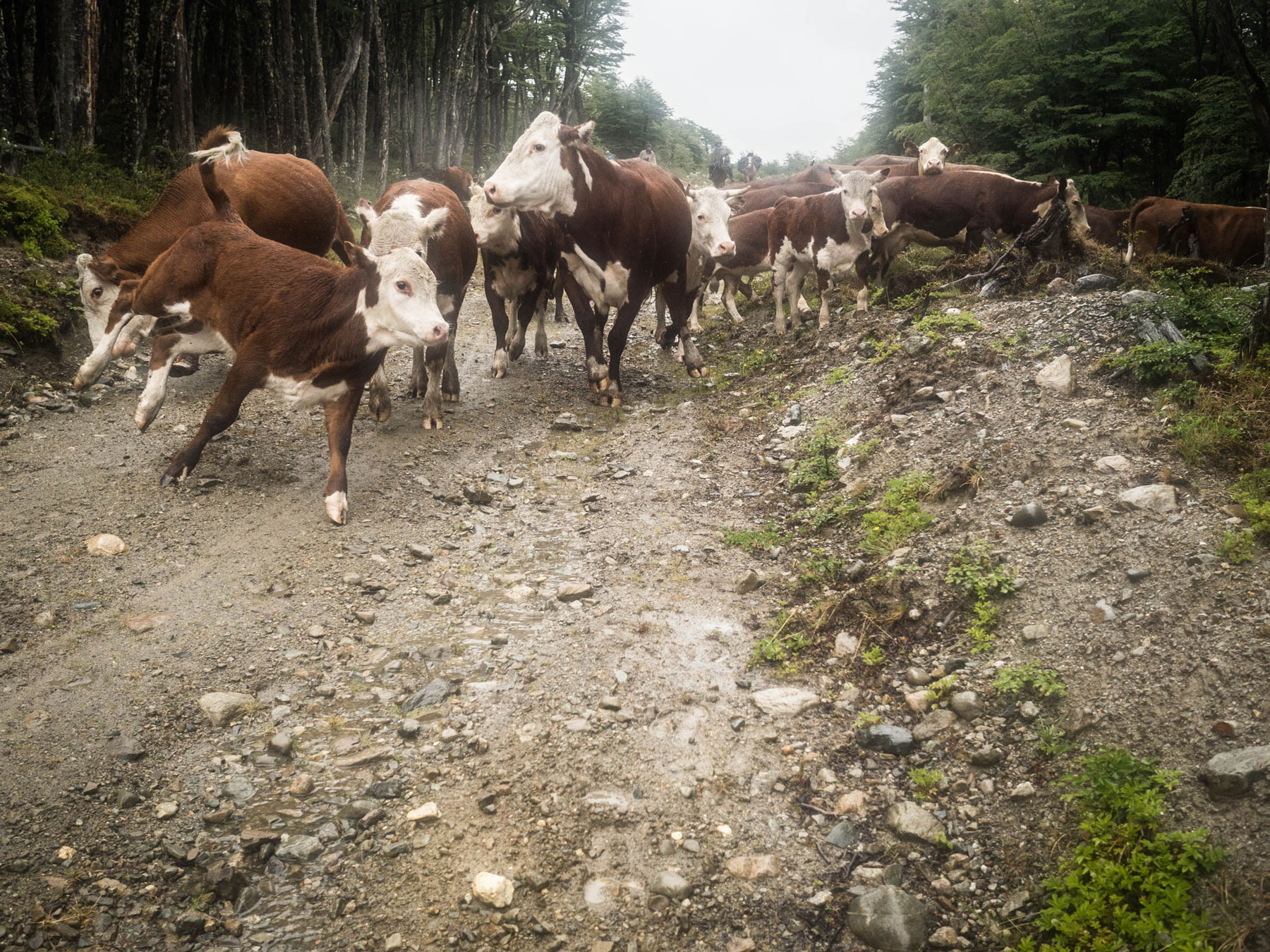



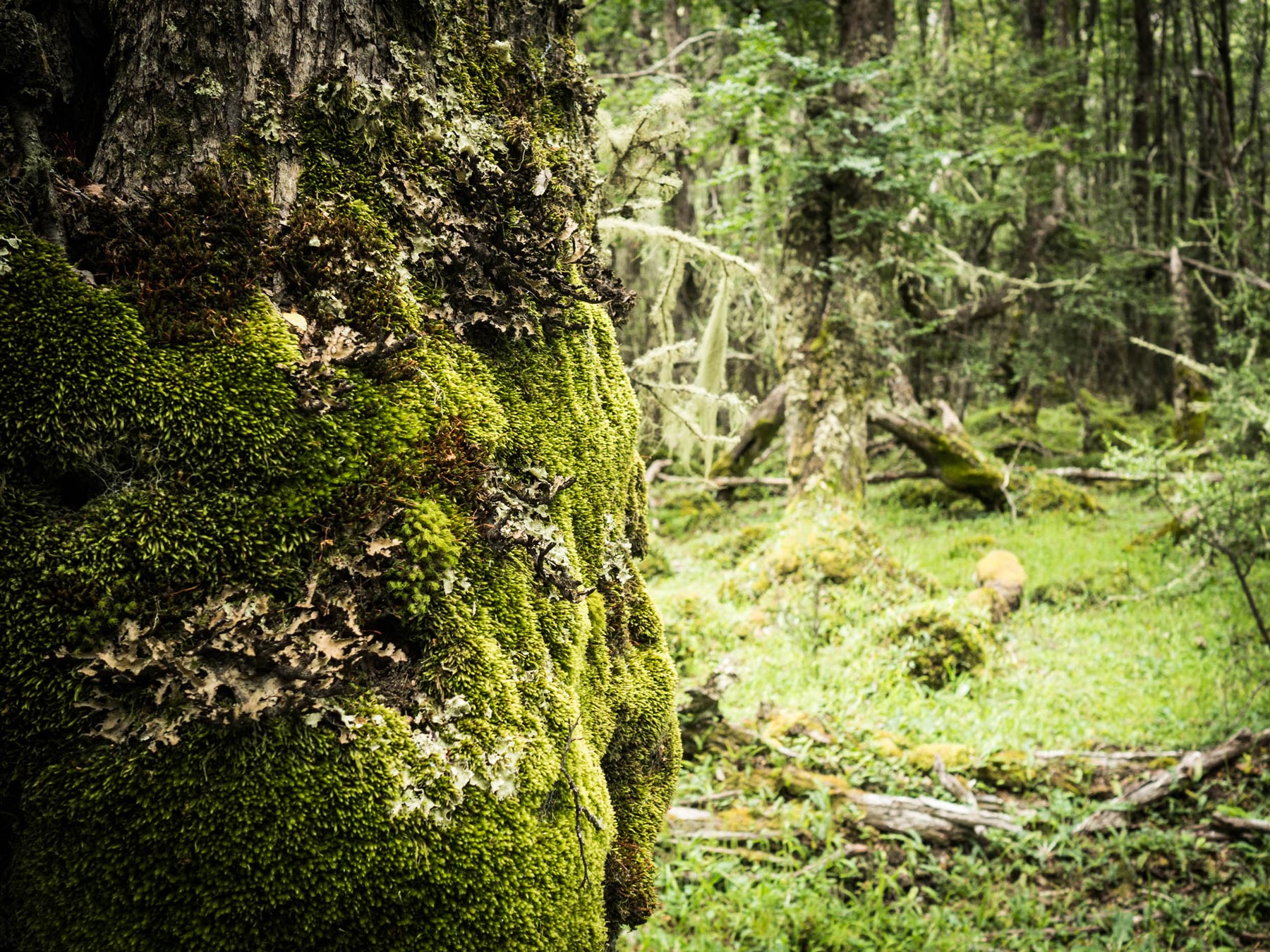

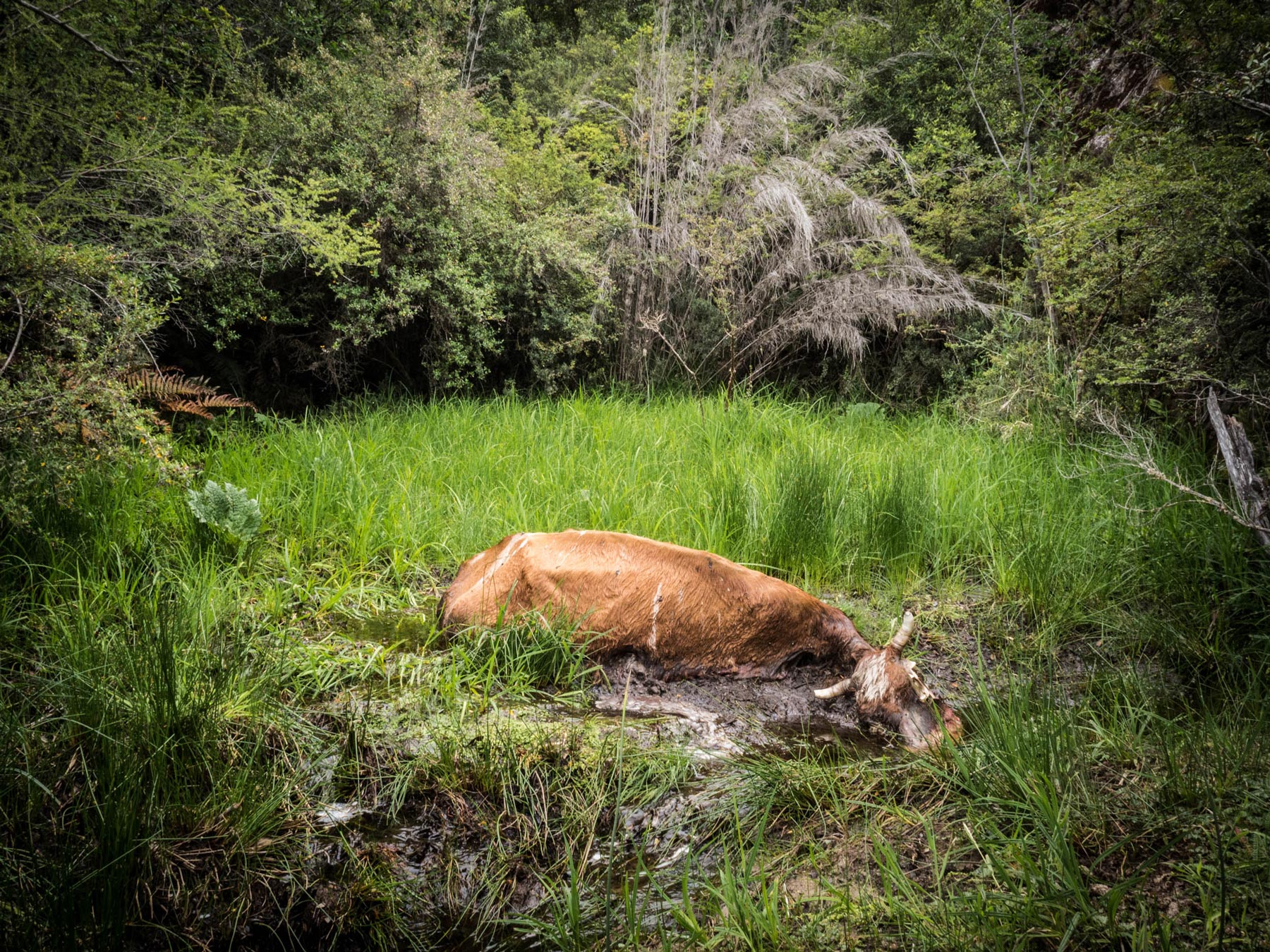
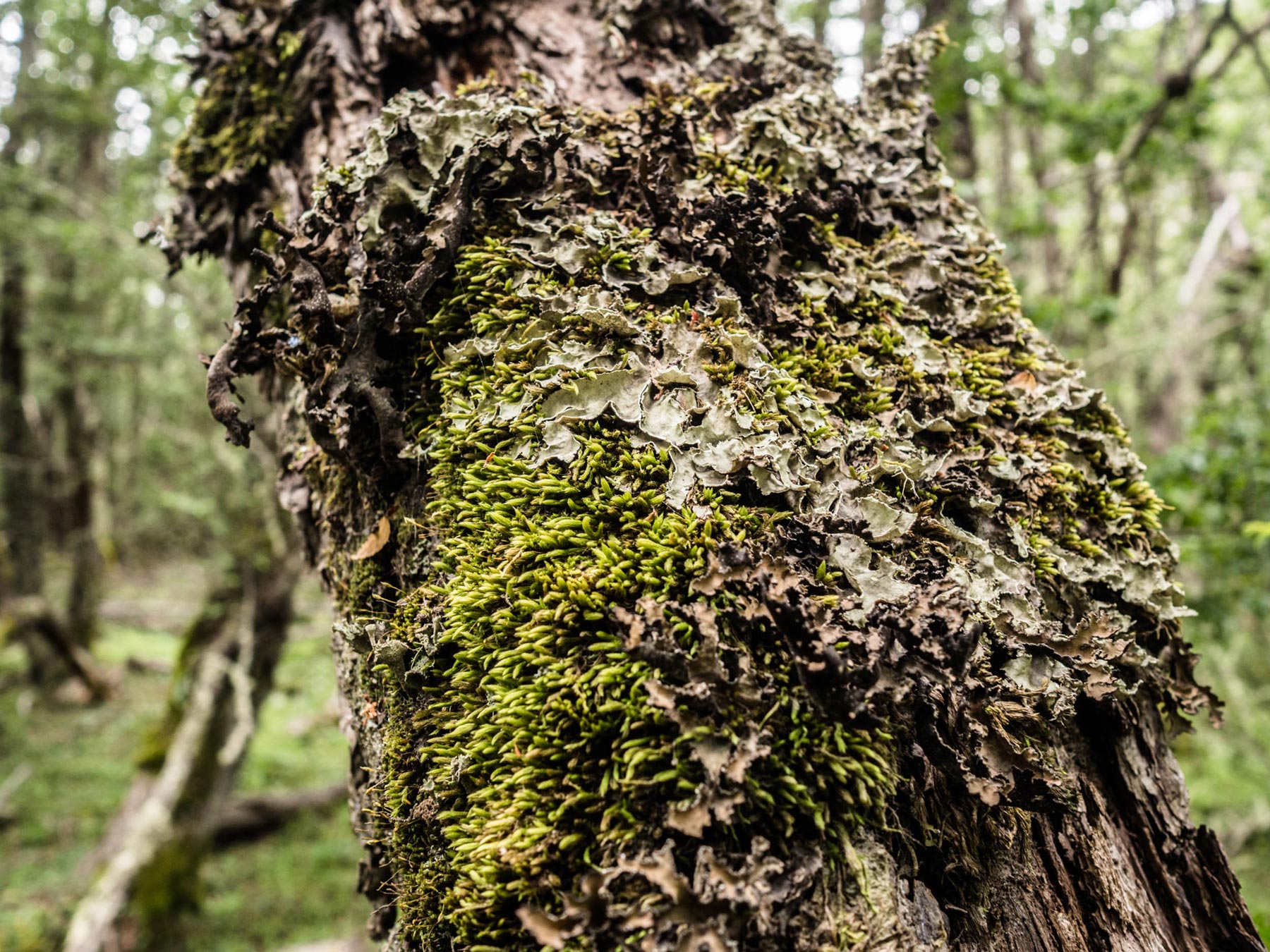



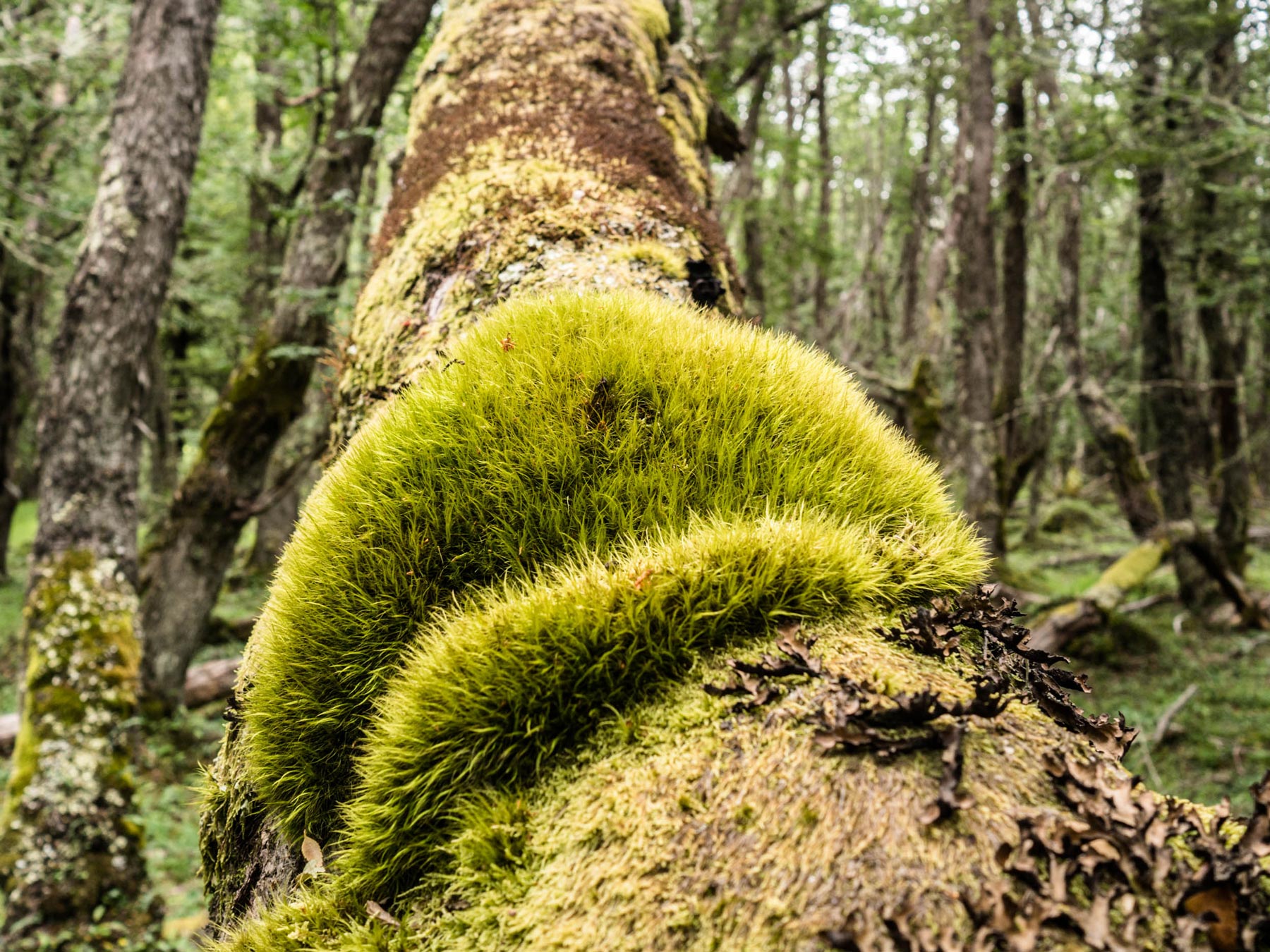
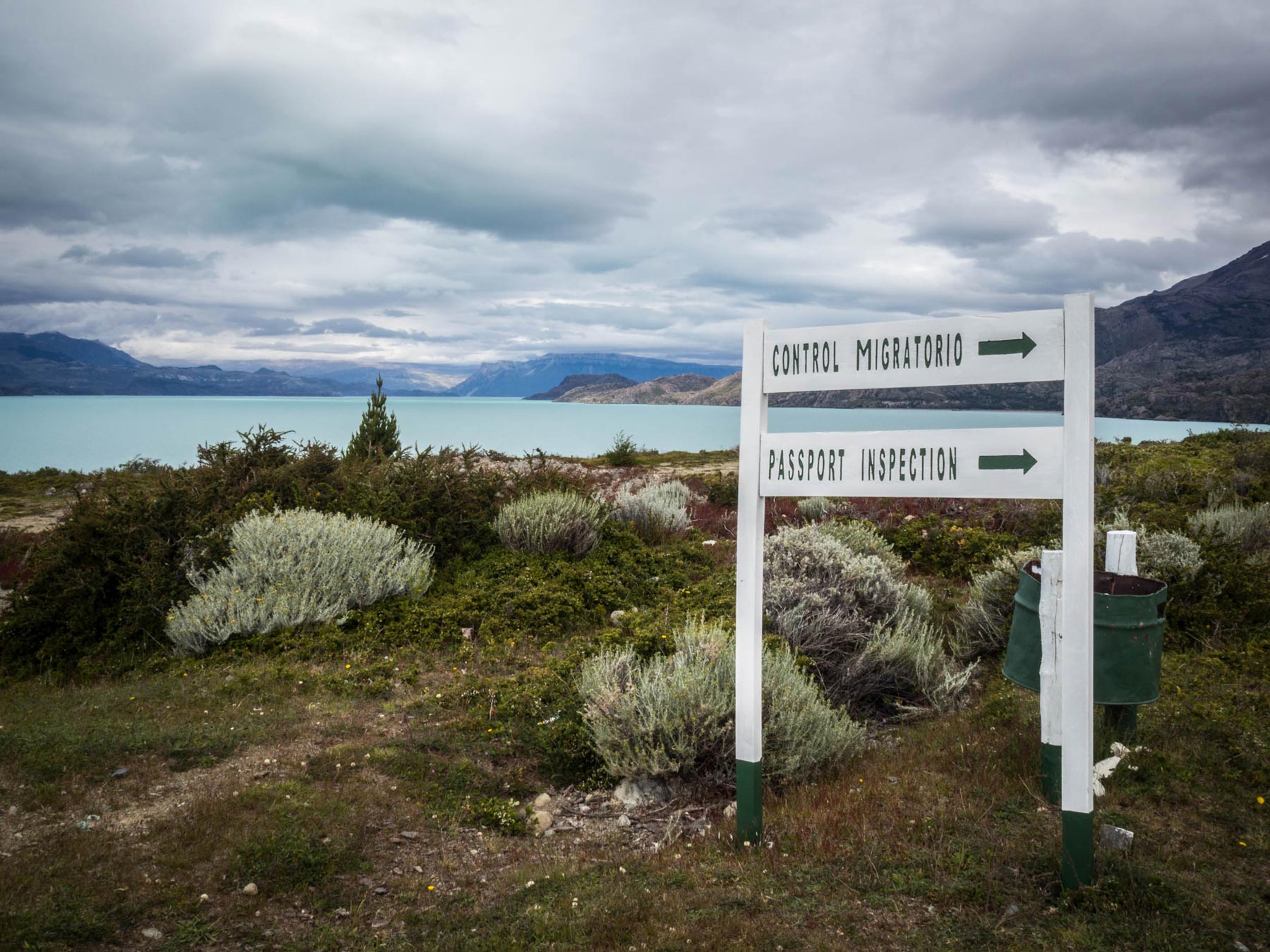
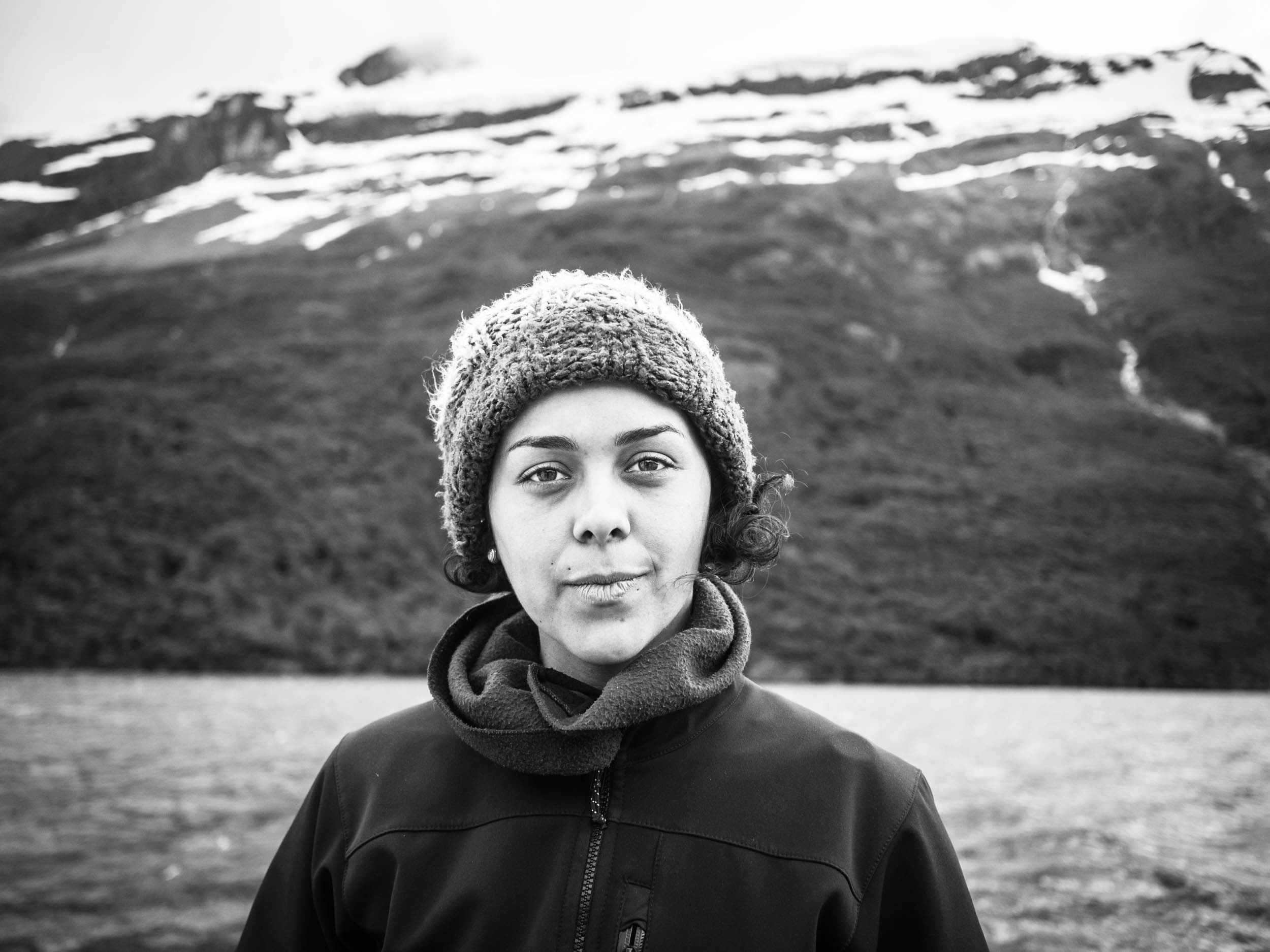
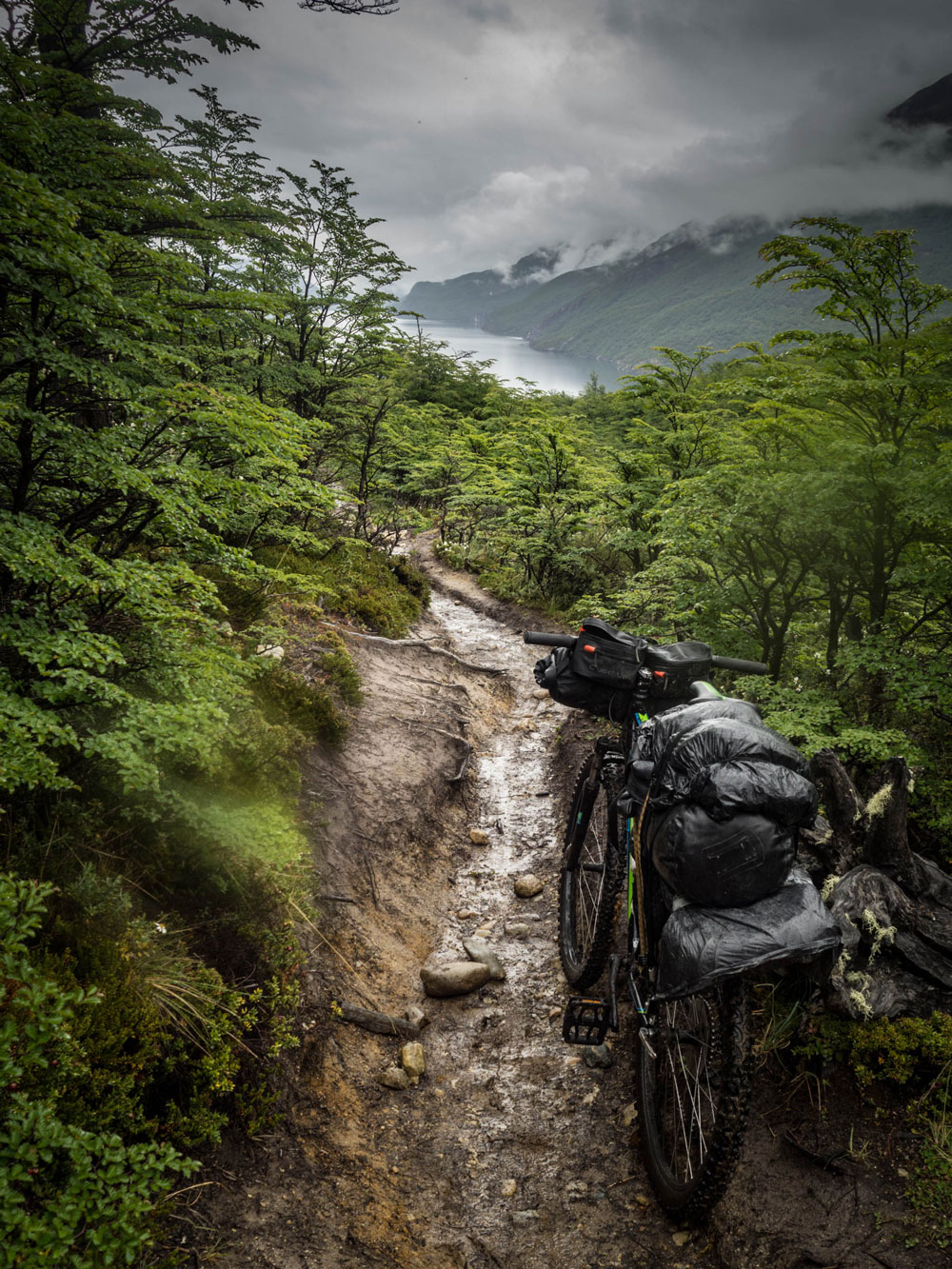
 @superjeanmarc
@superjeanmarc @superjeanmarc
@superjeanmarc
